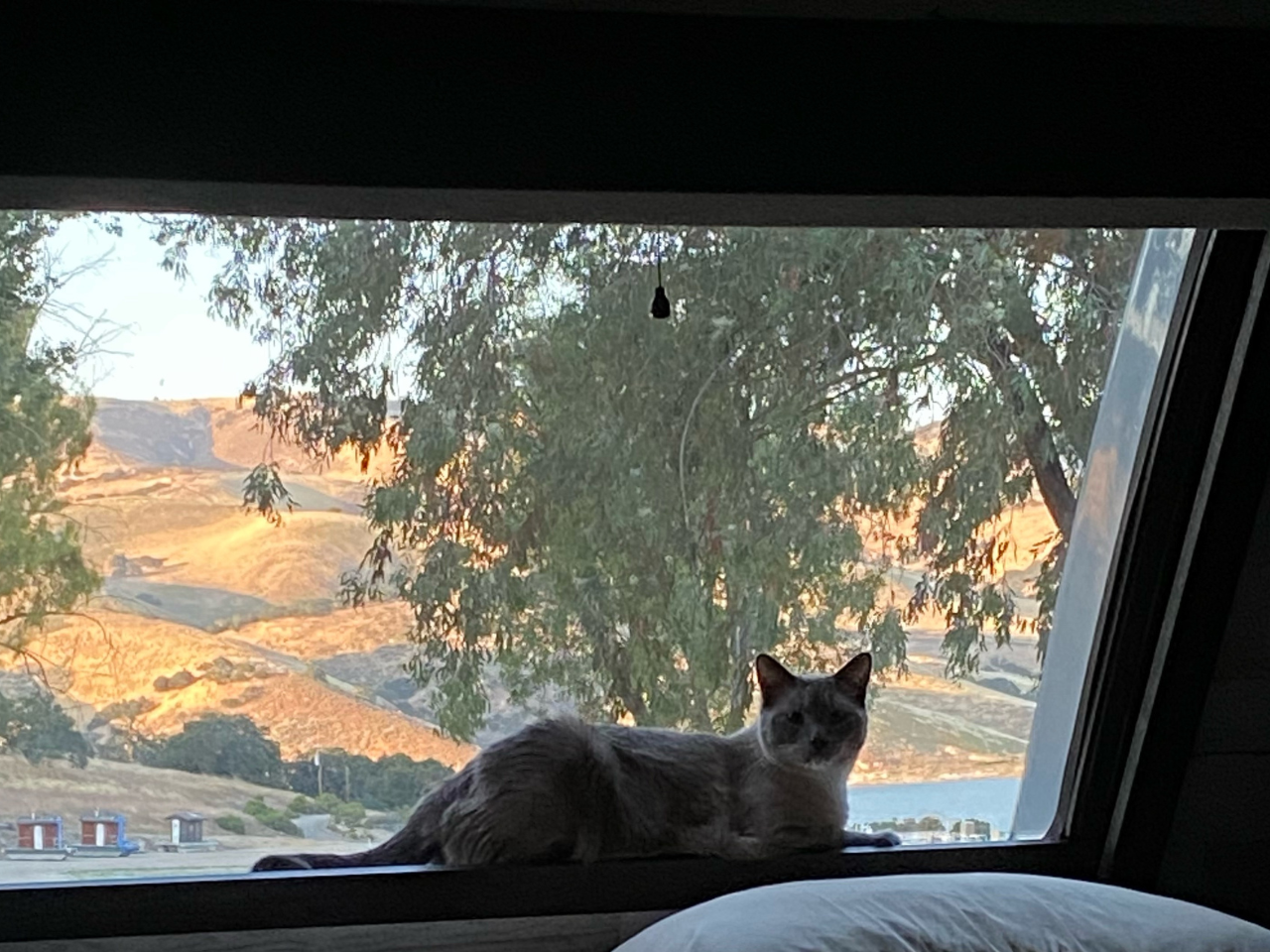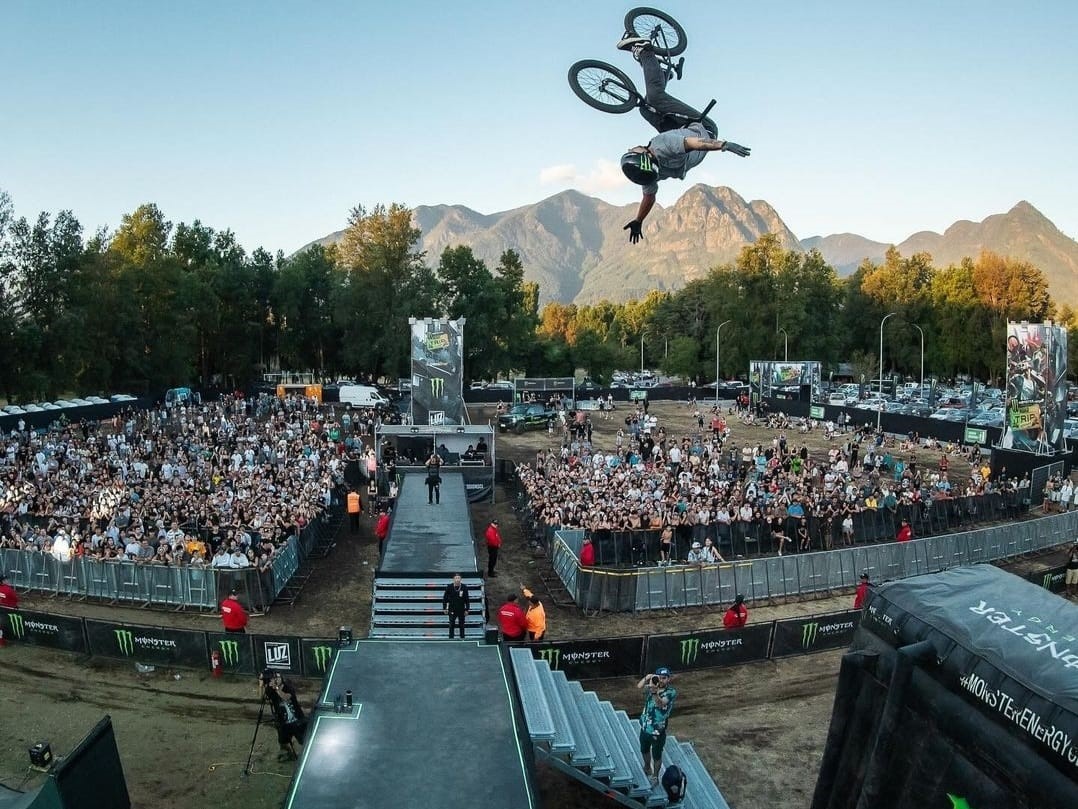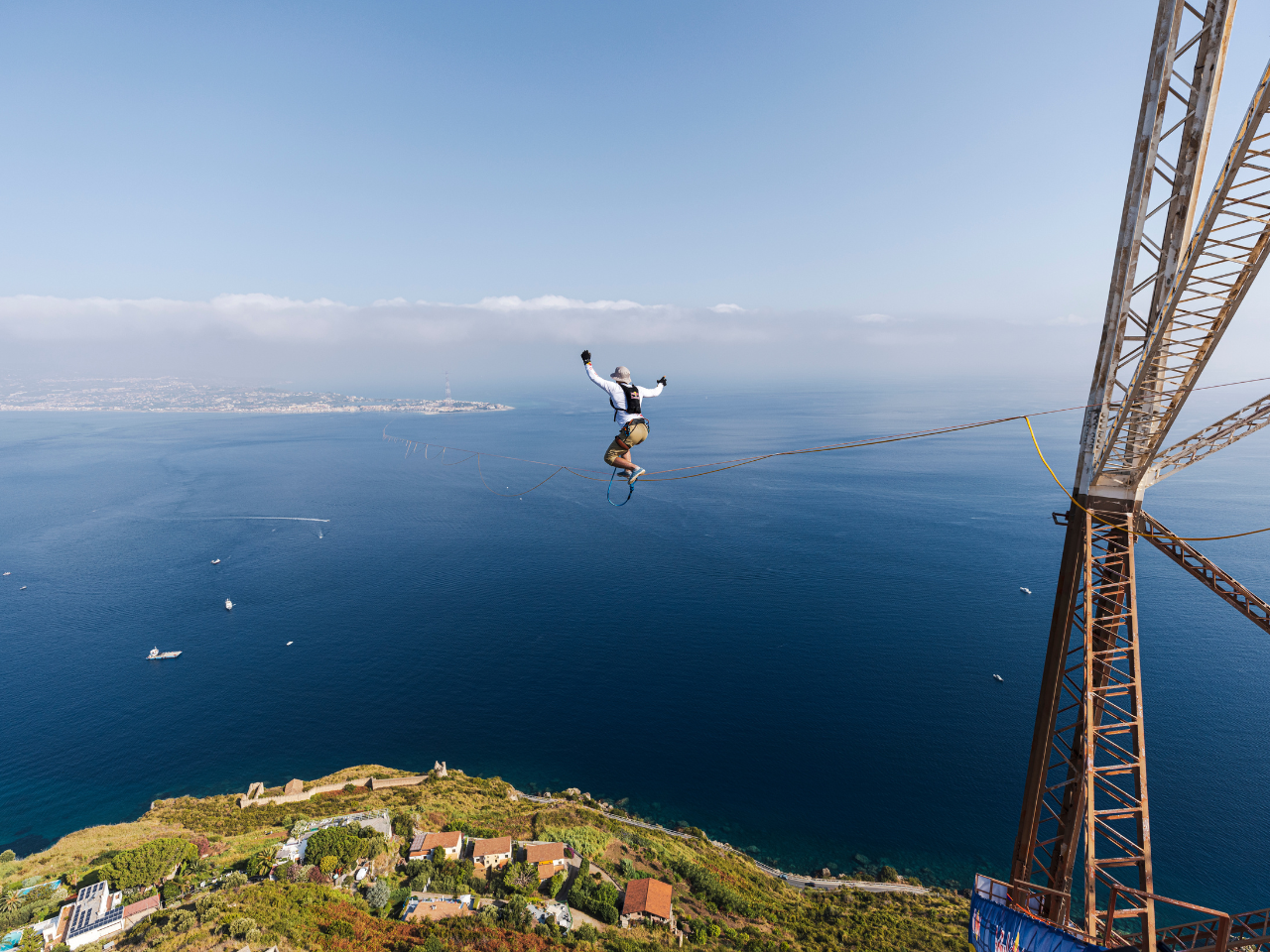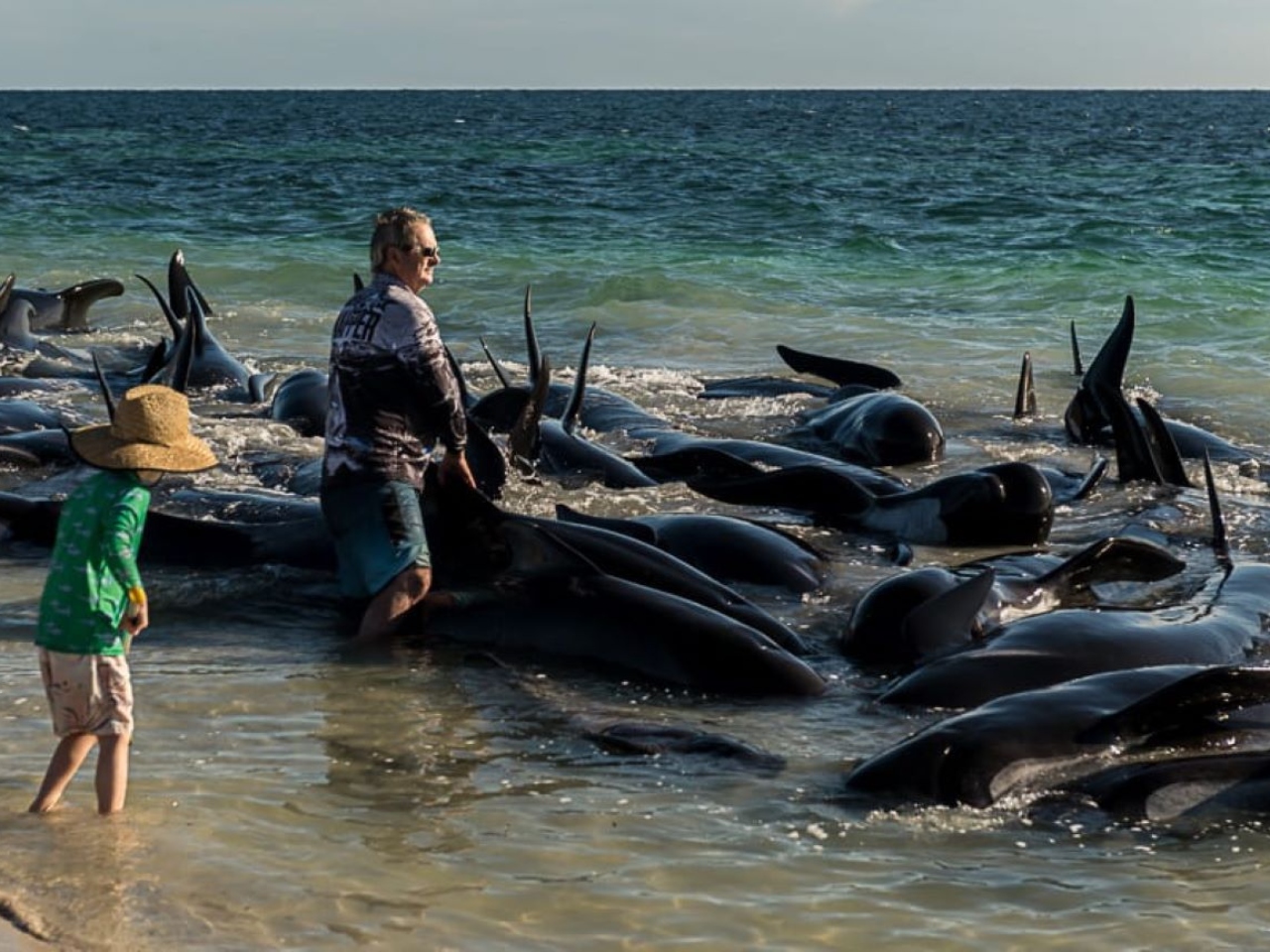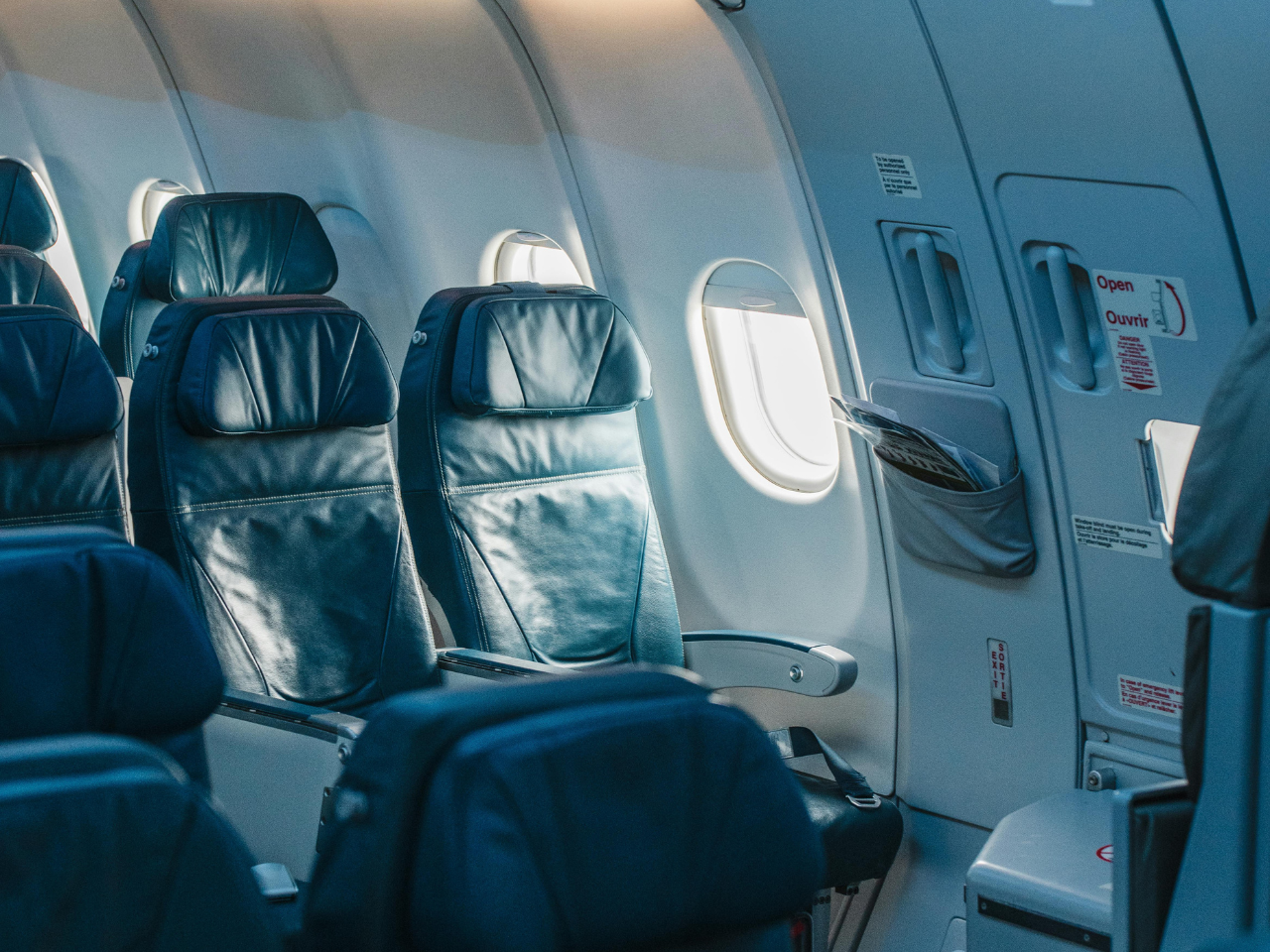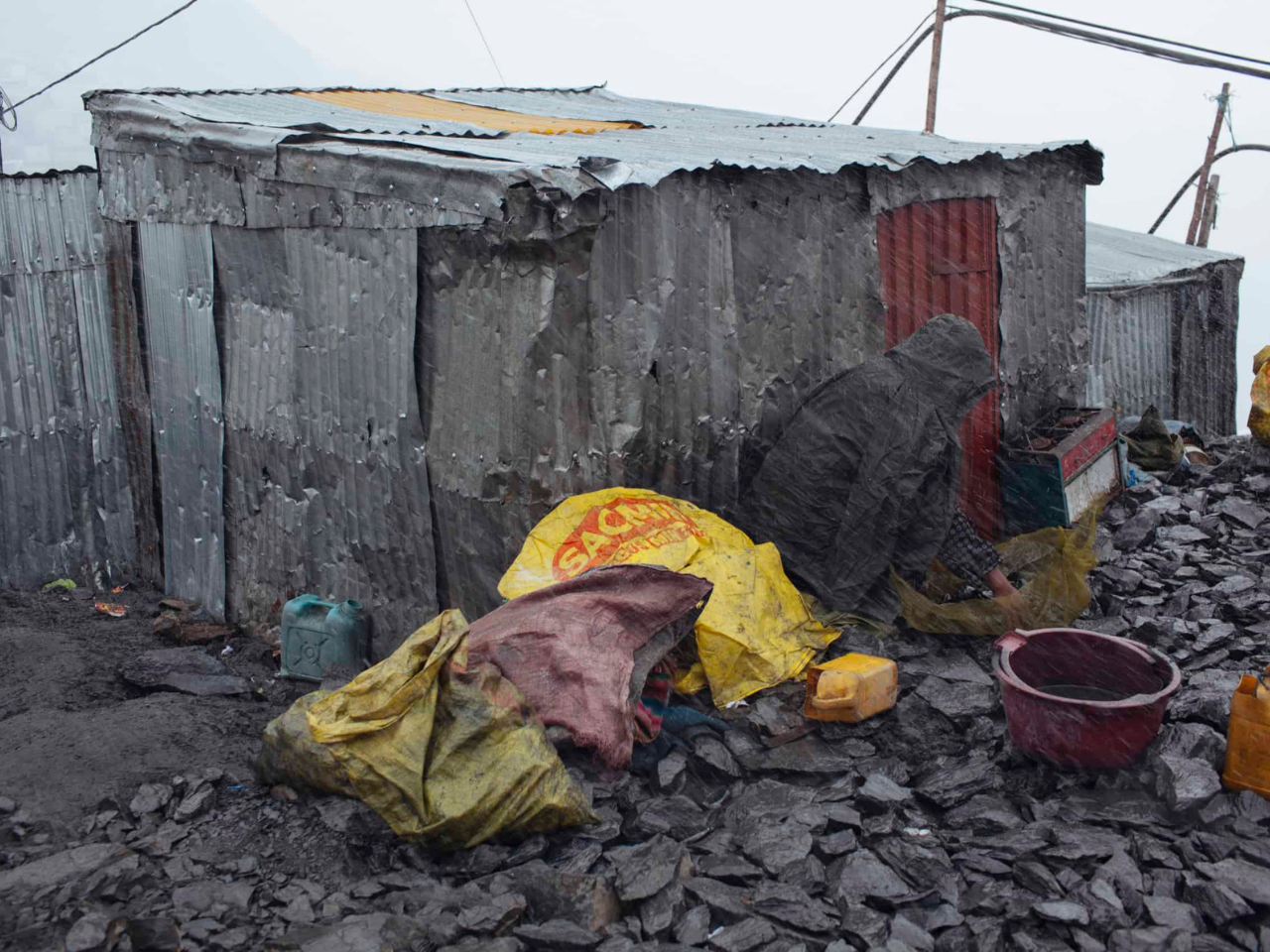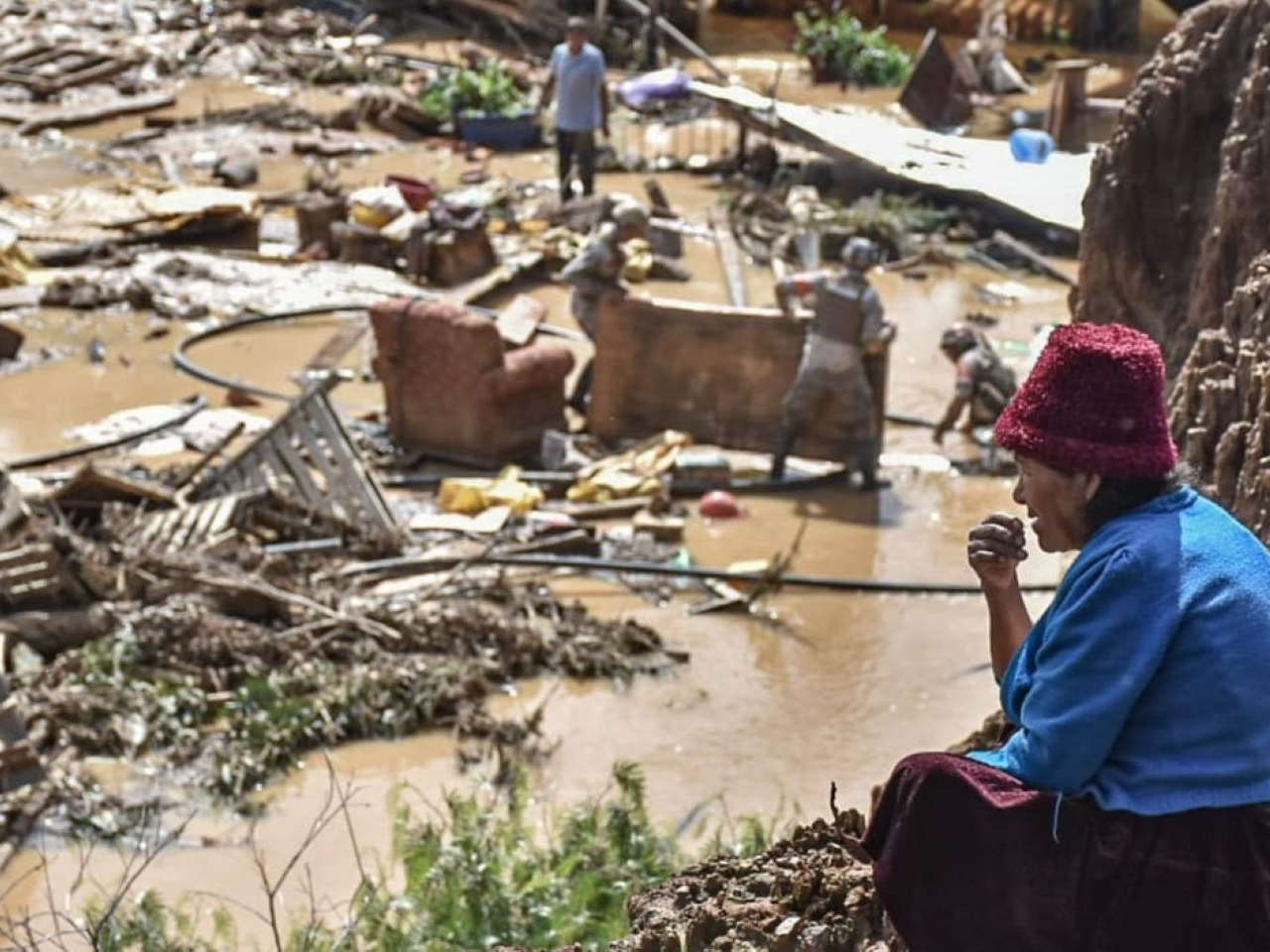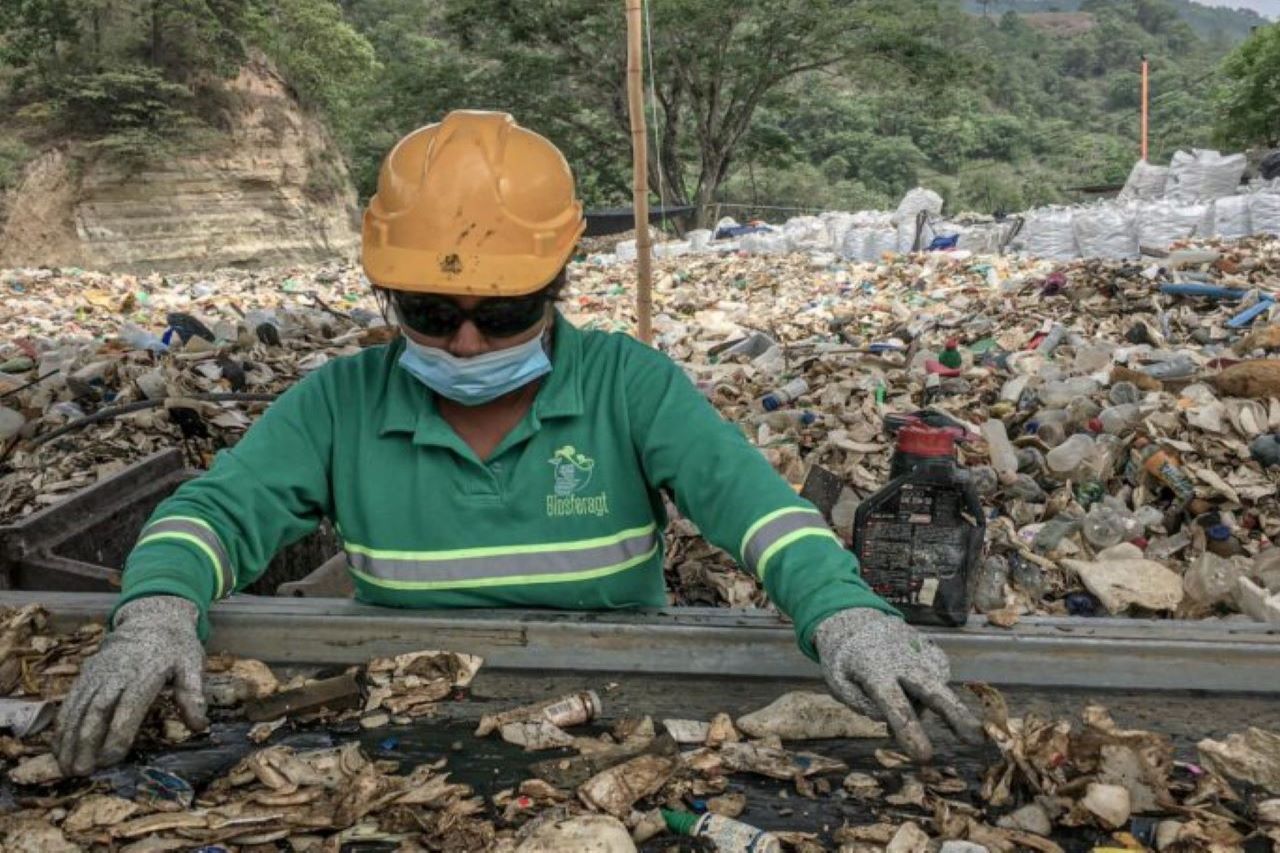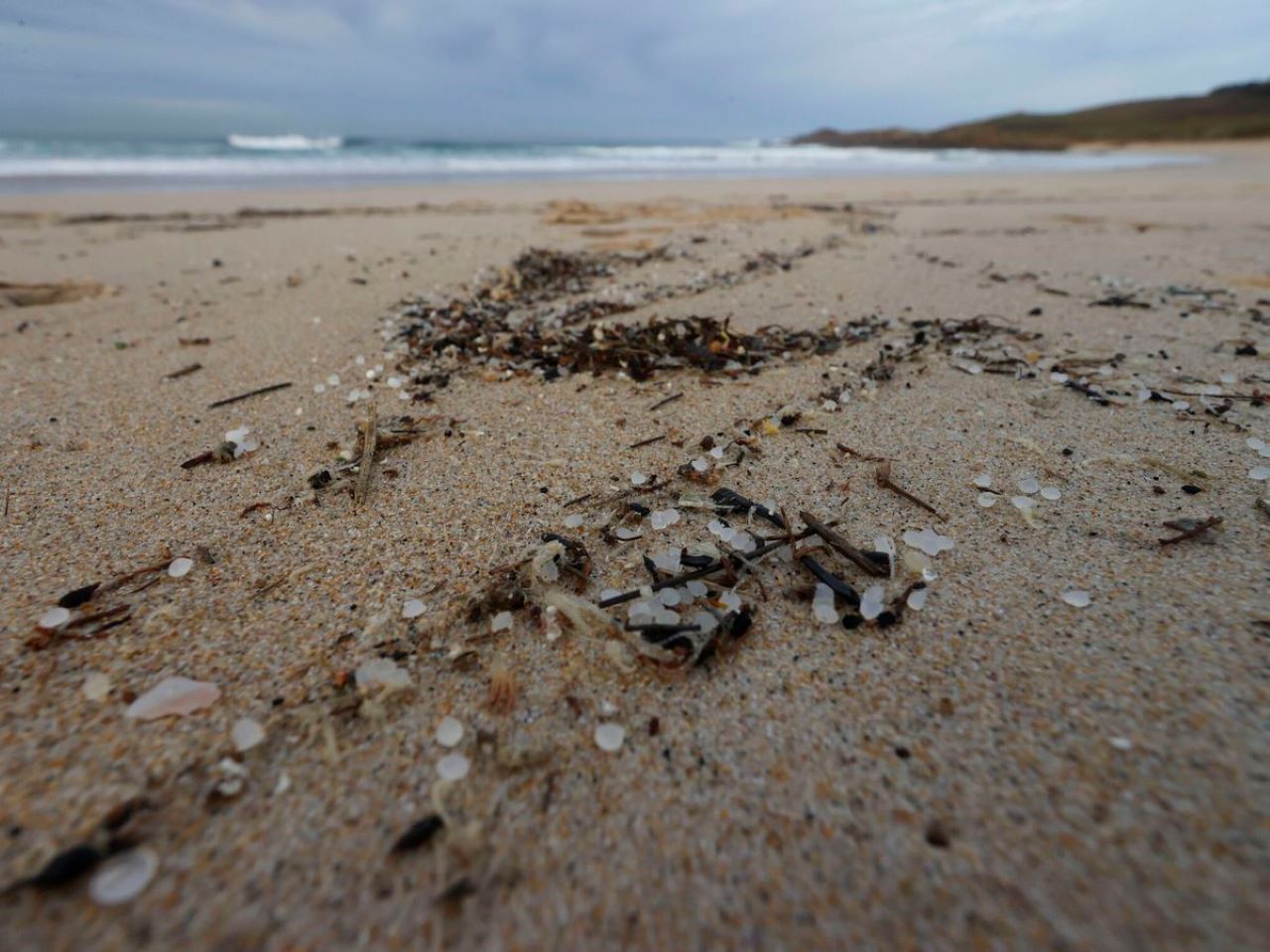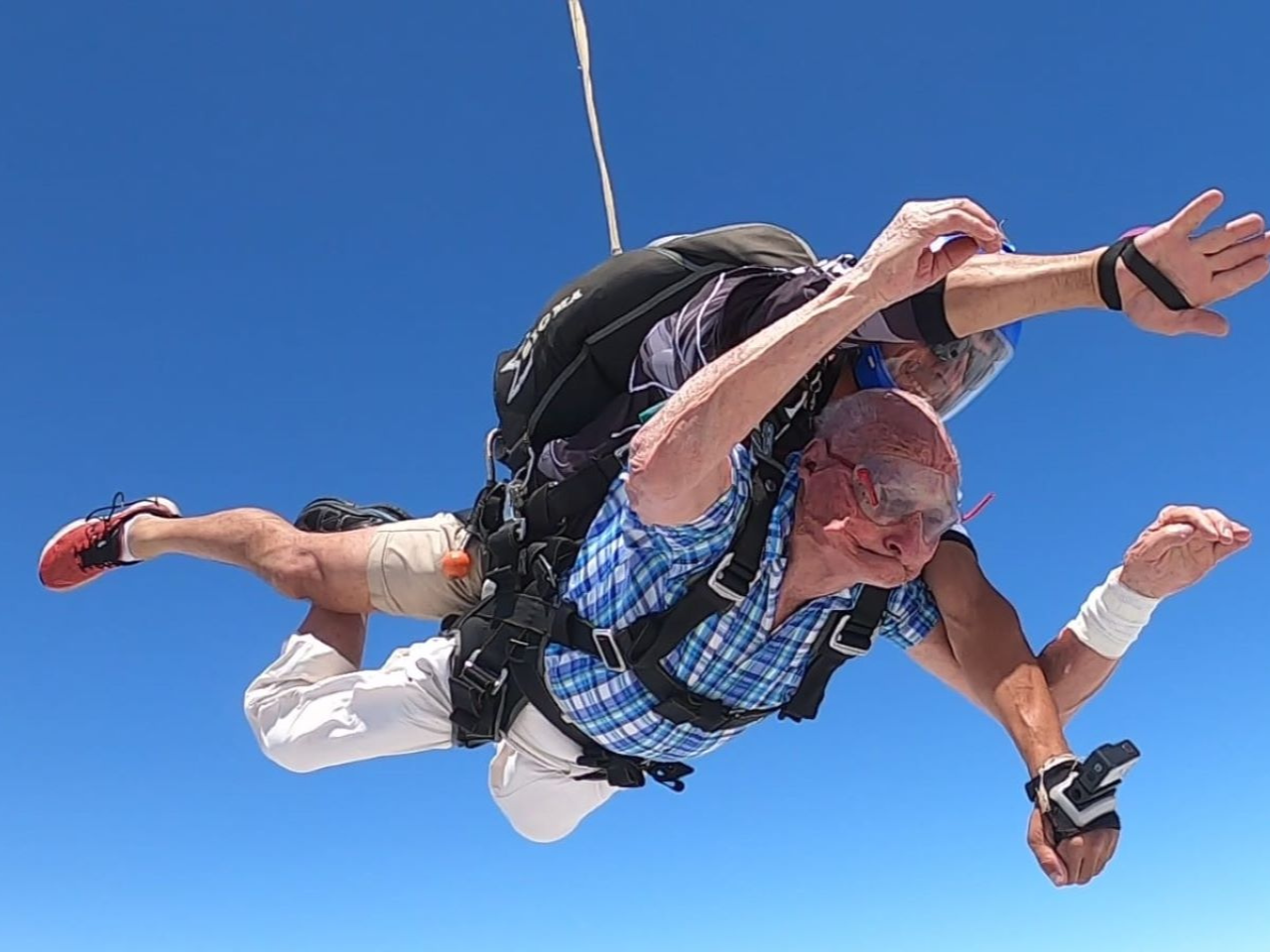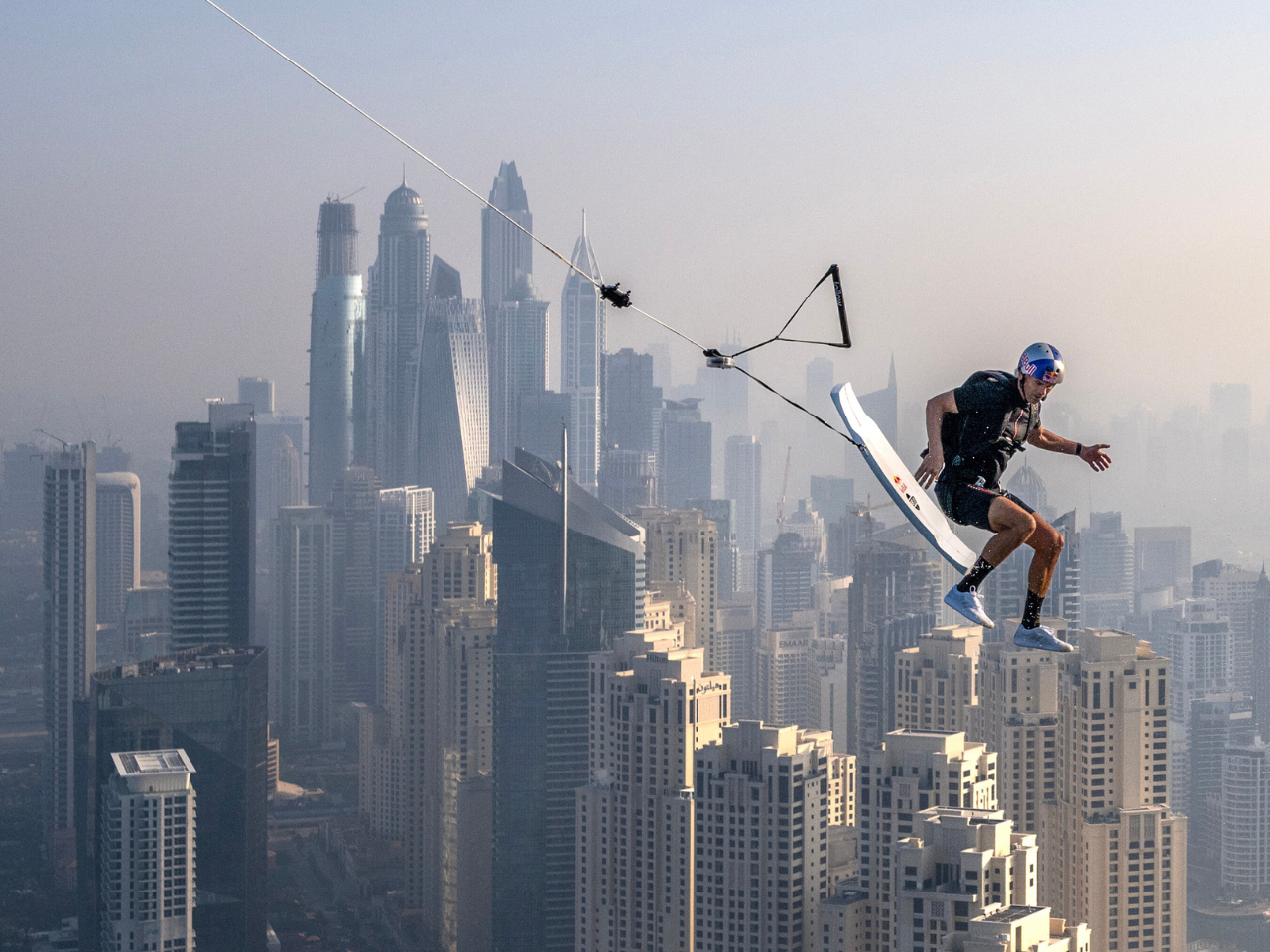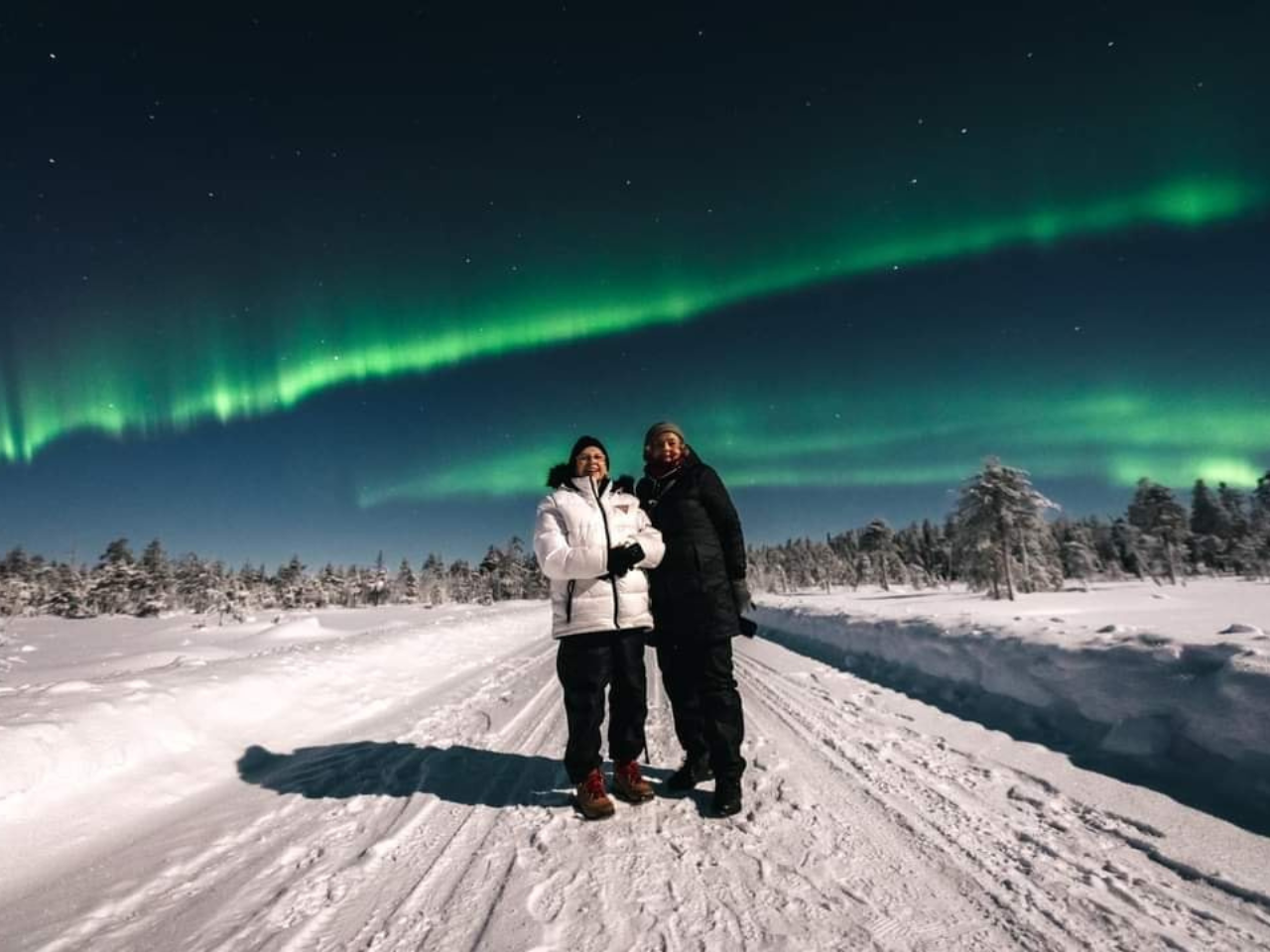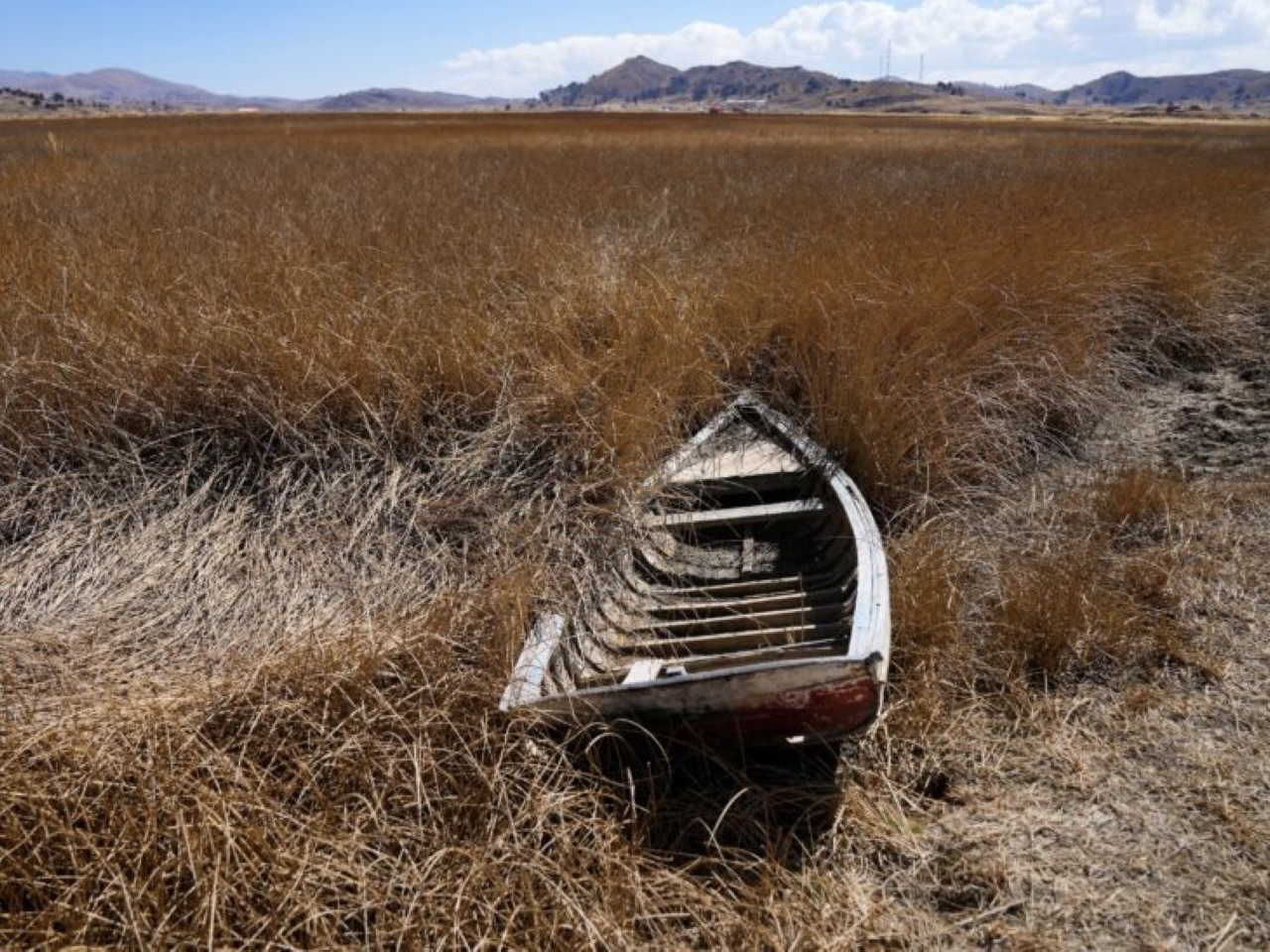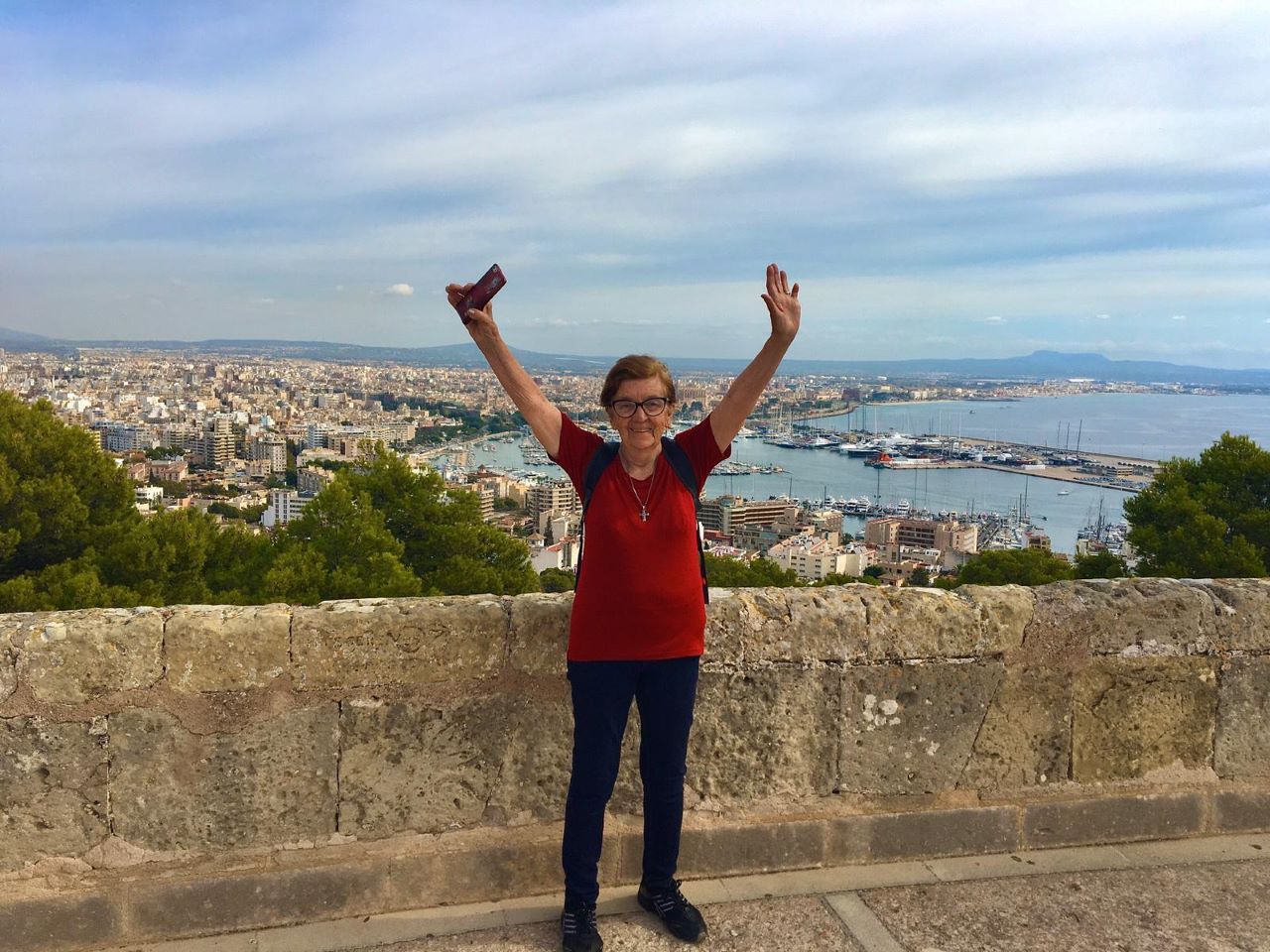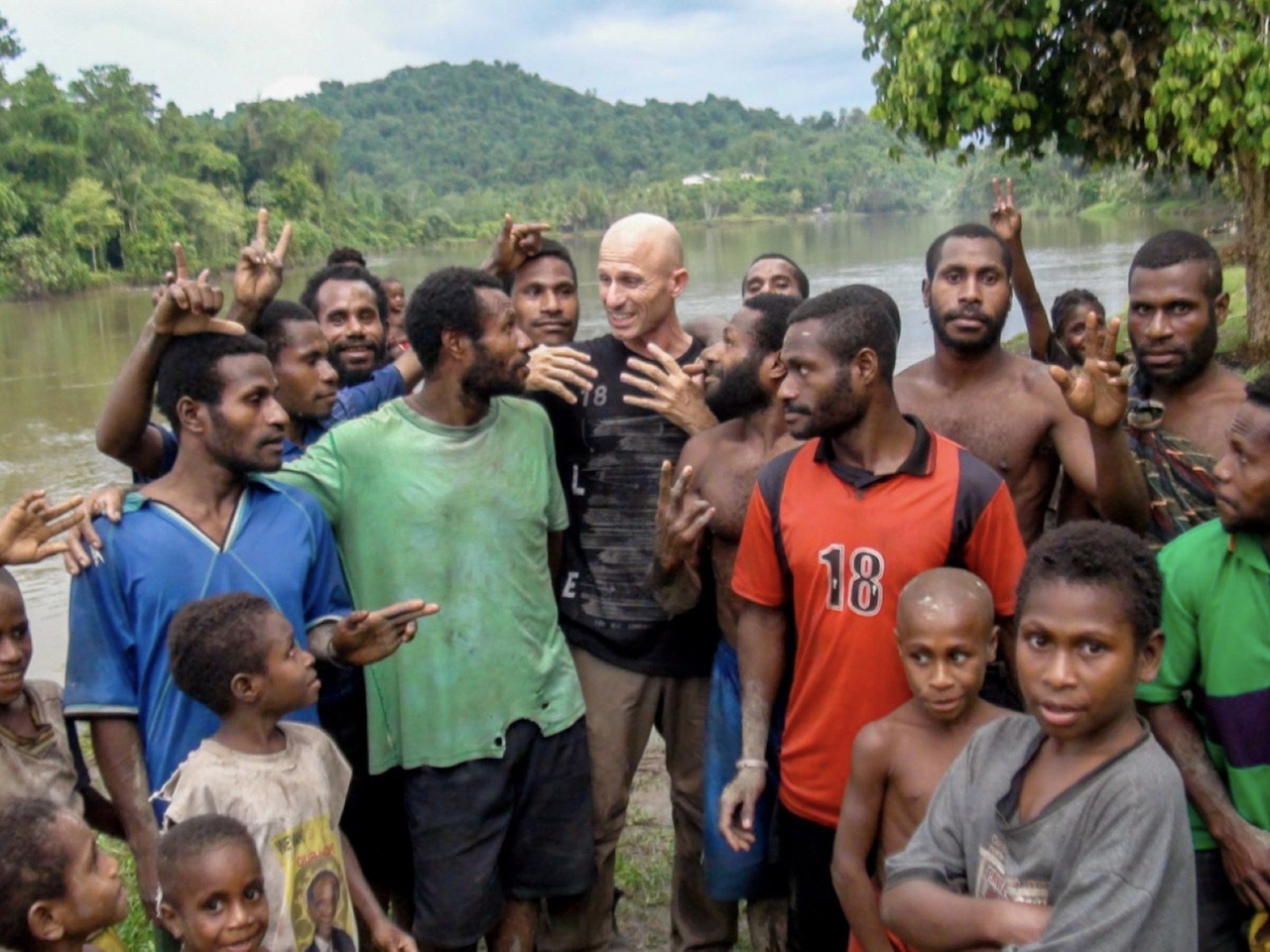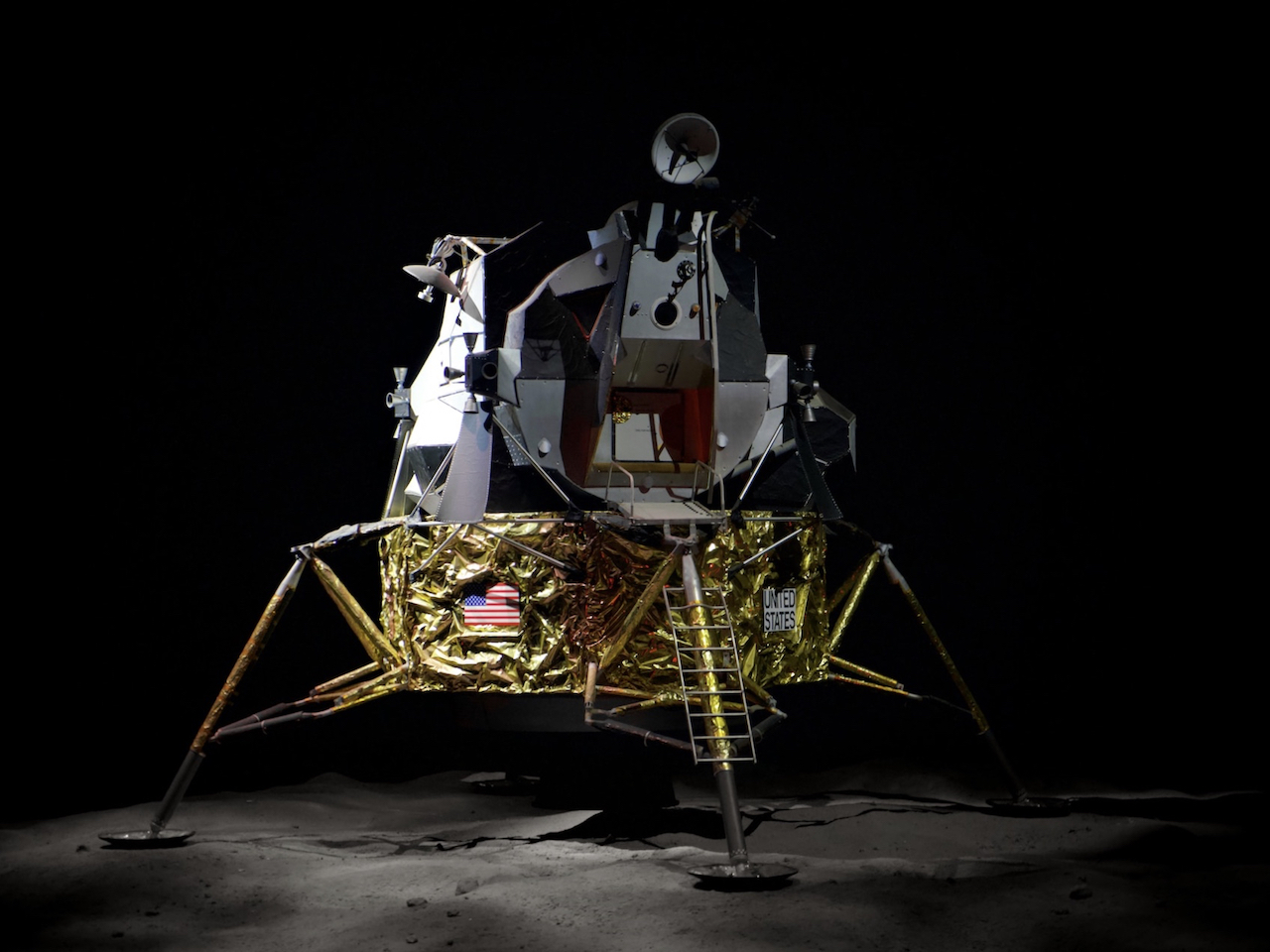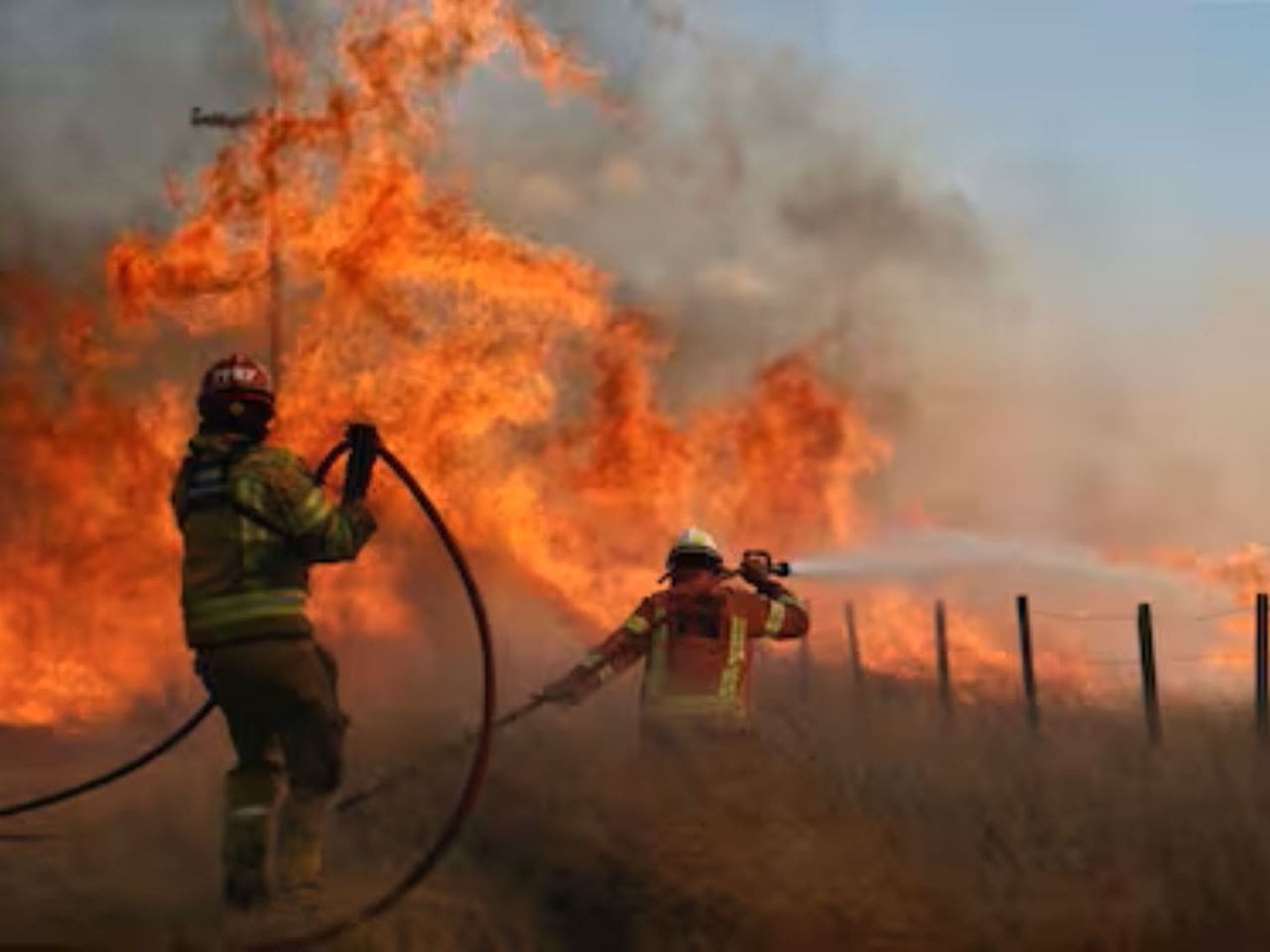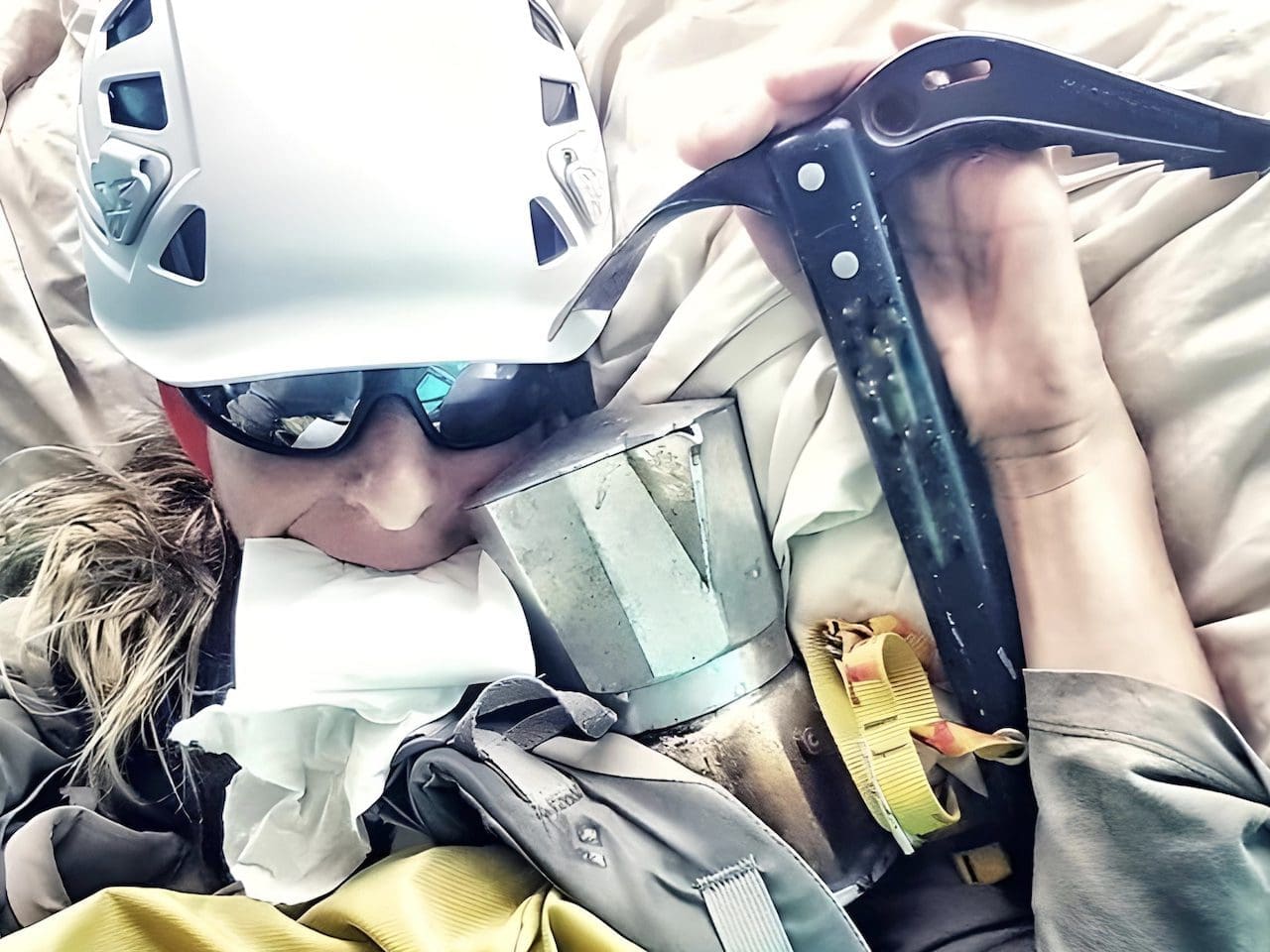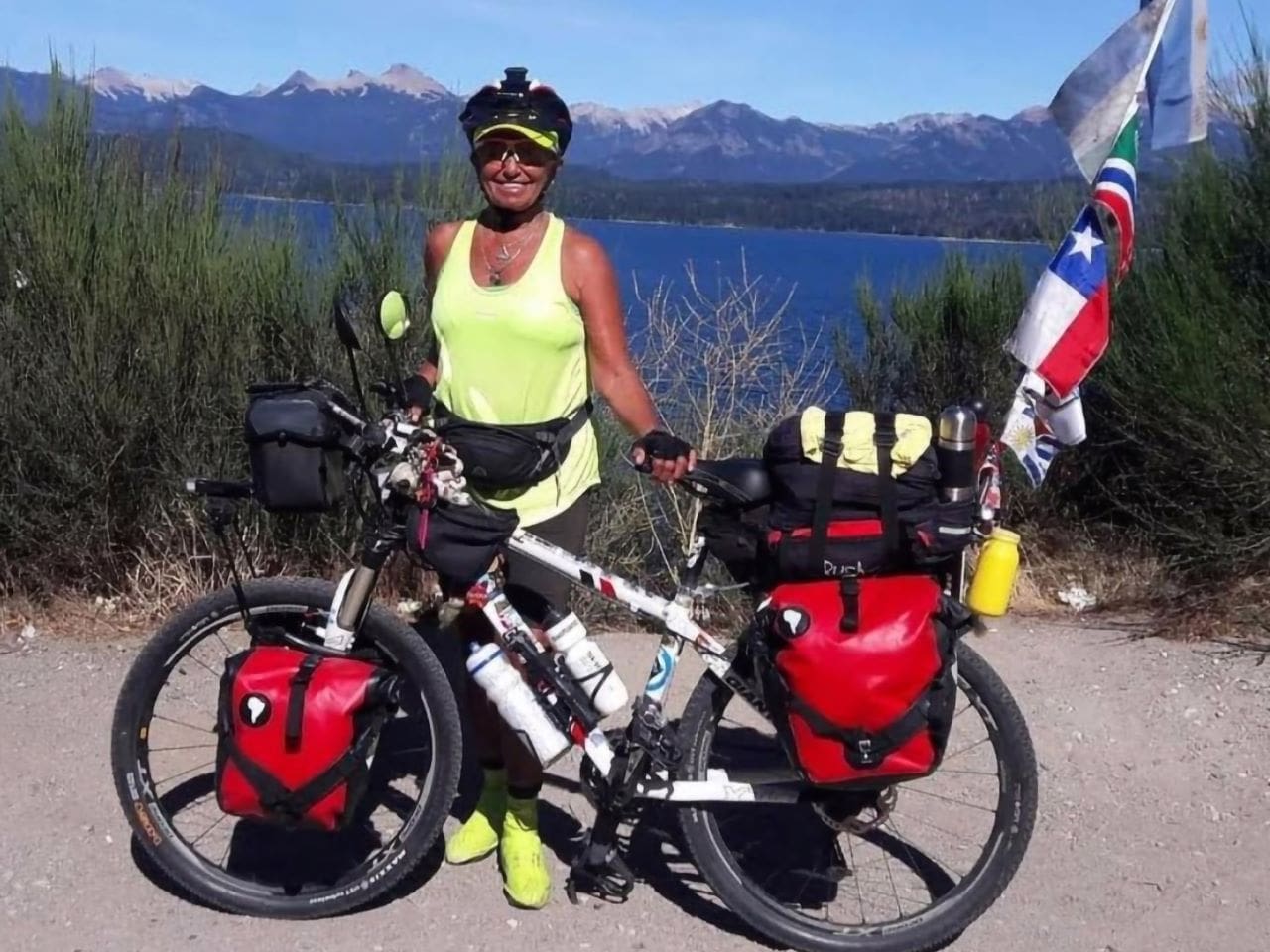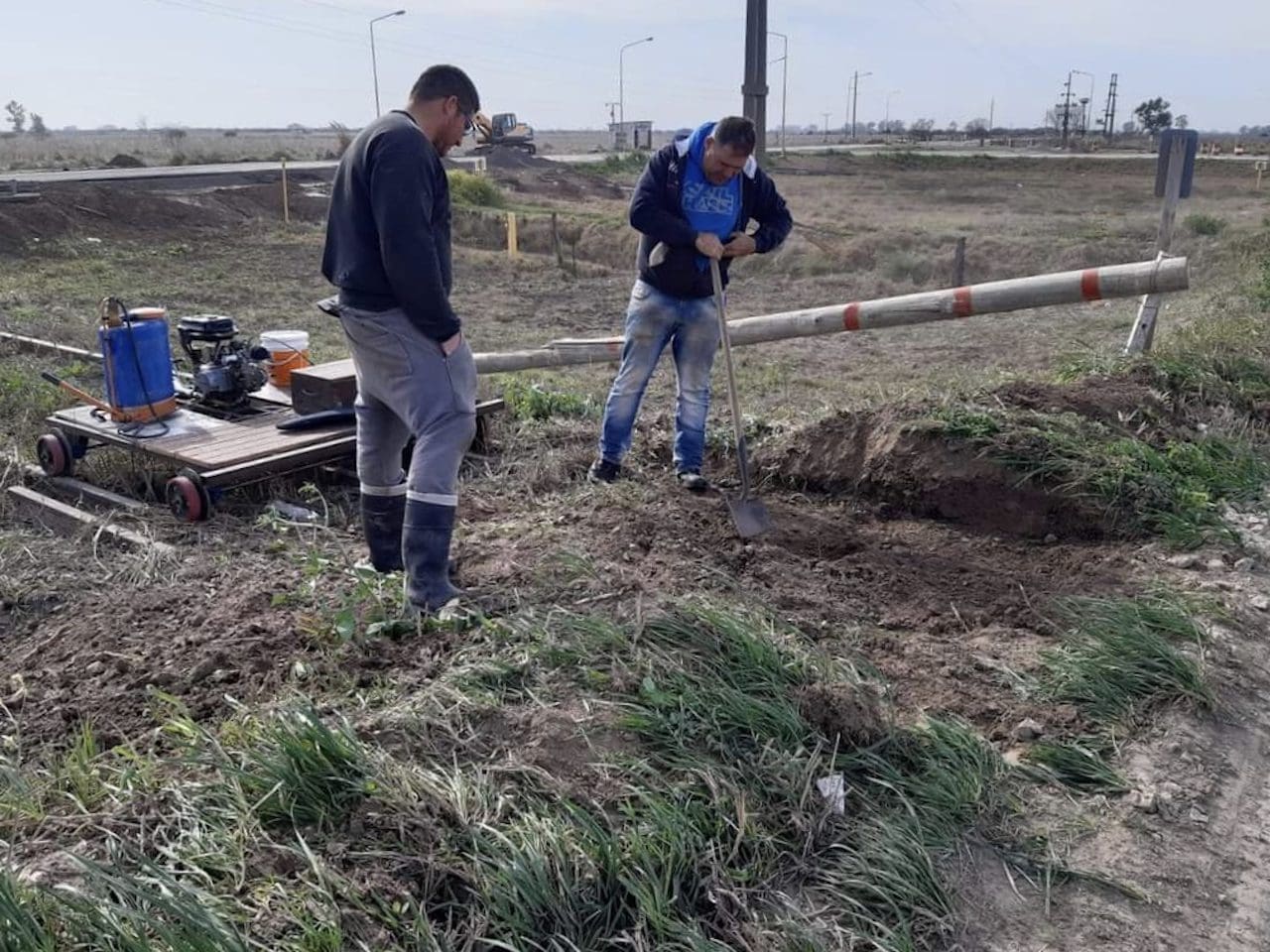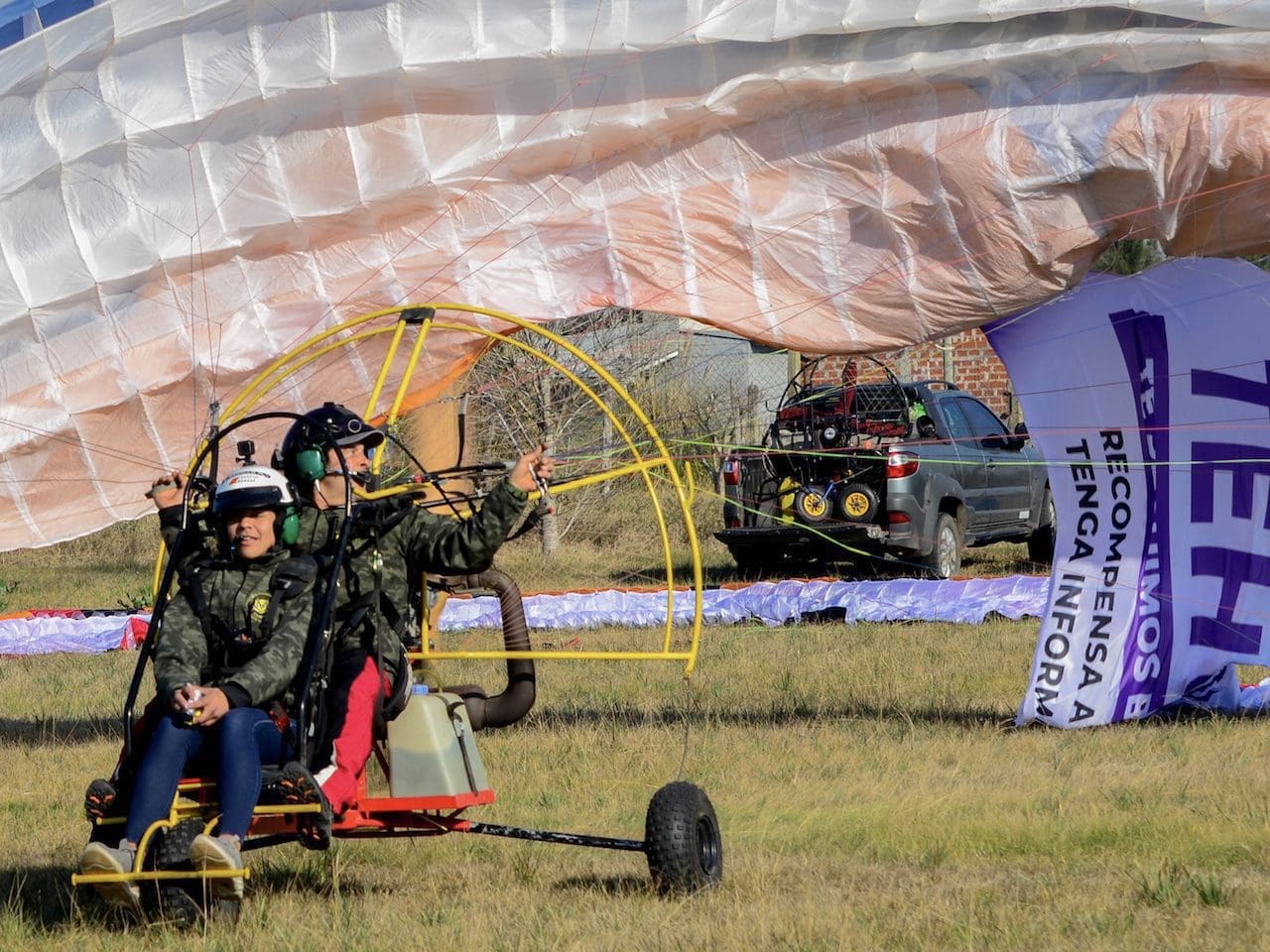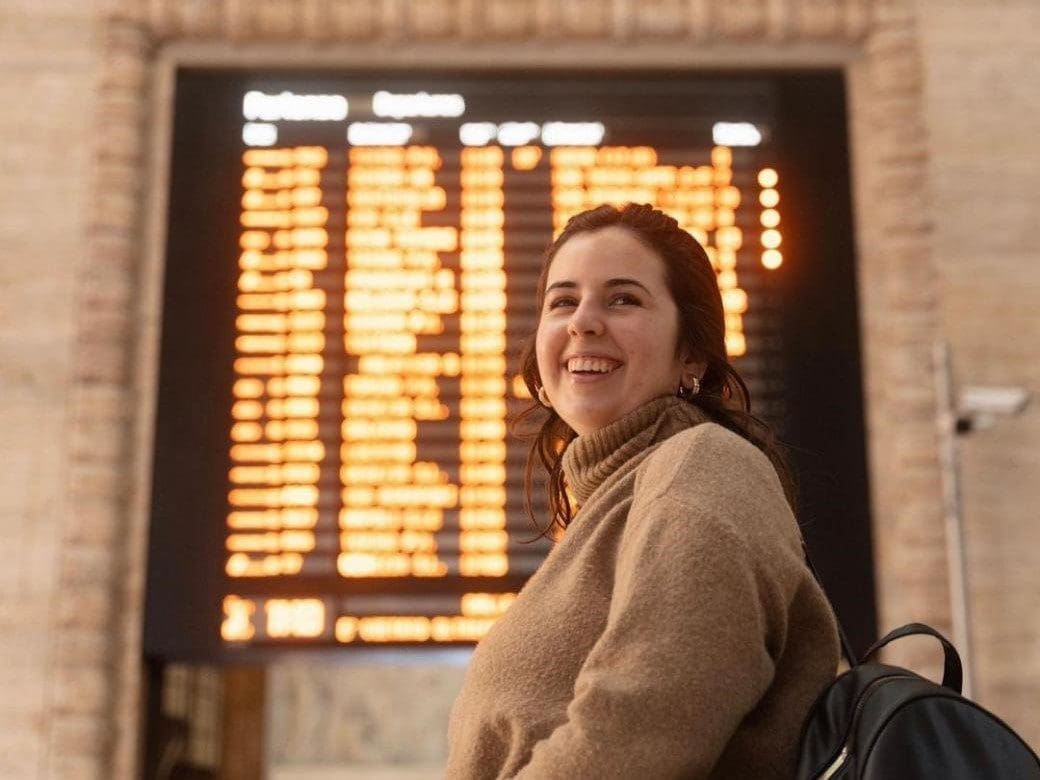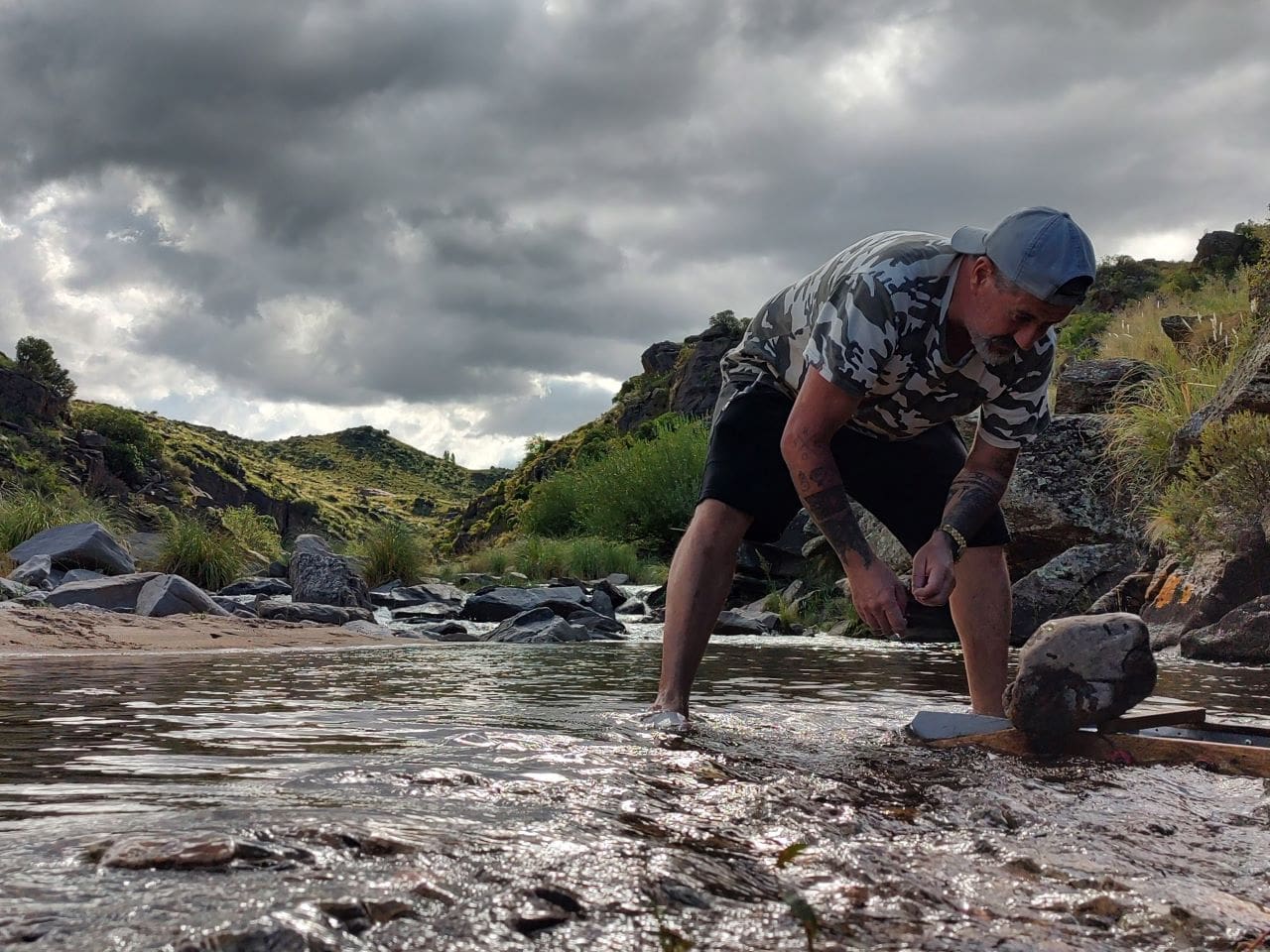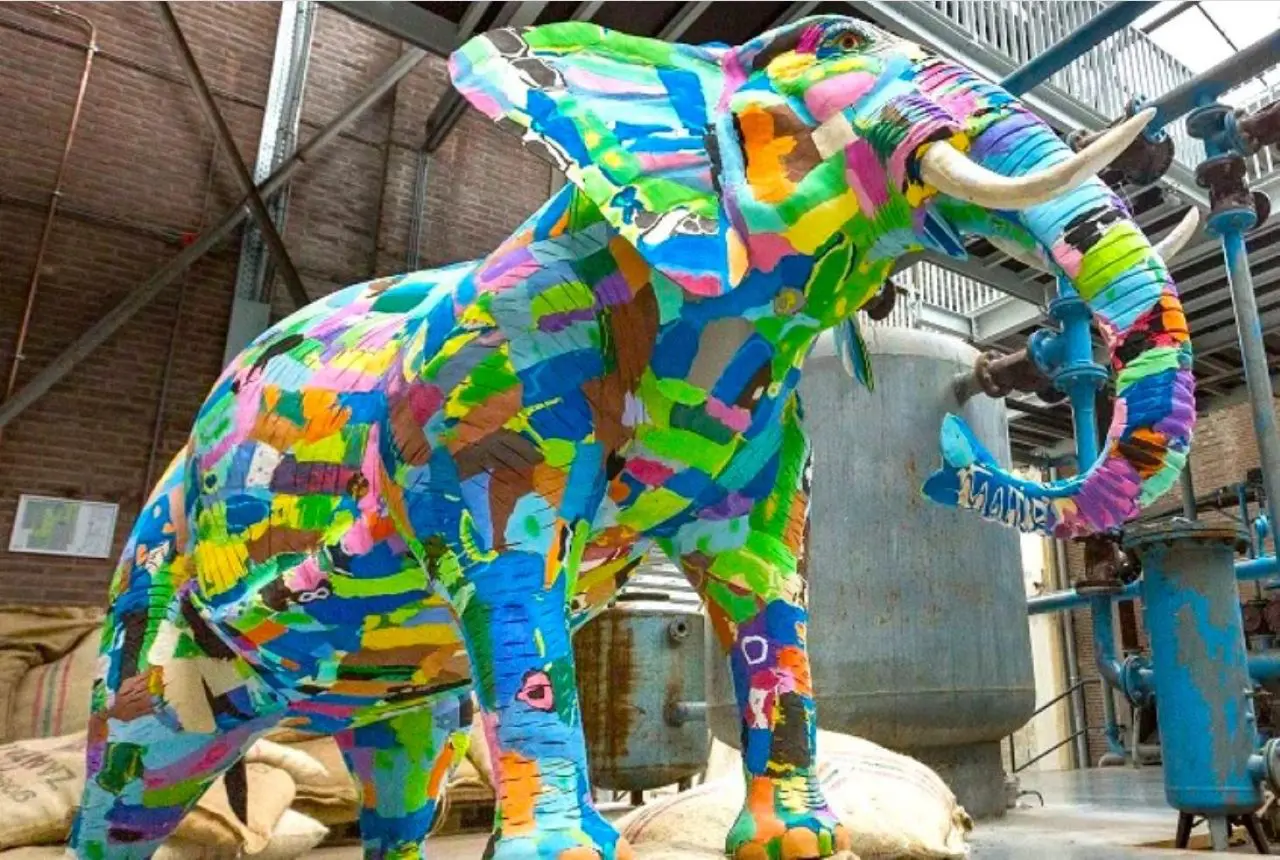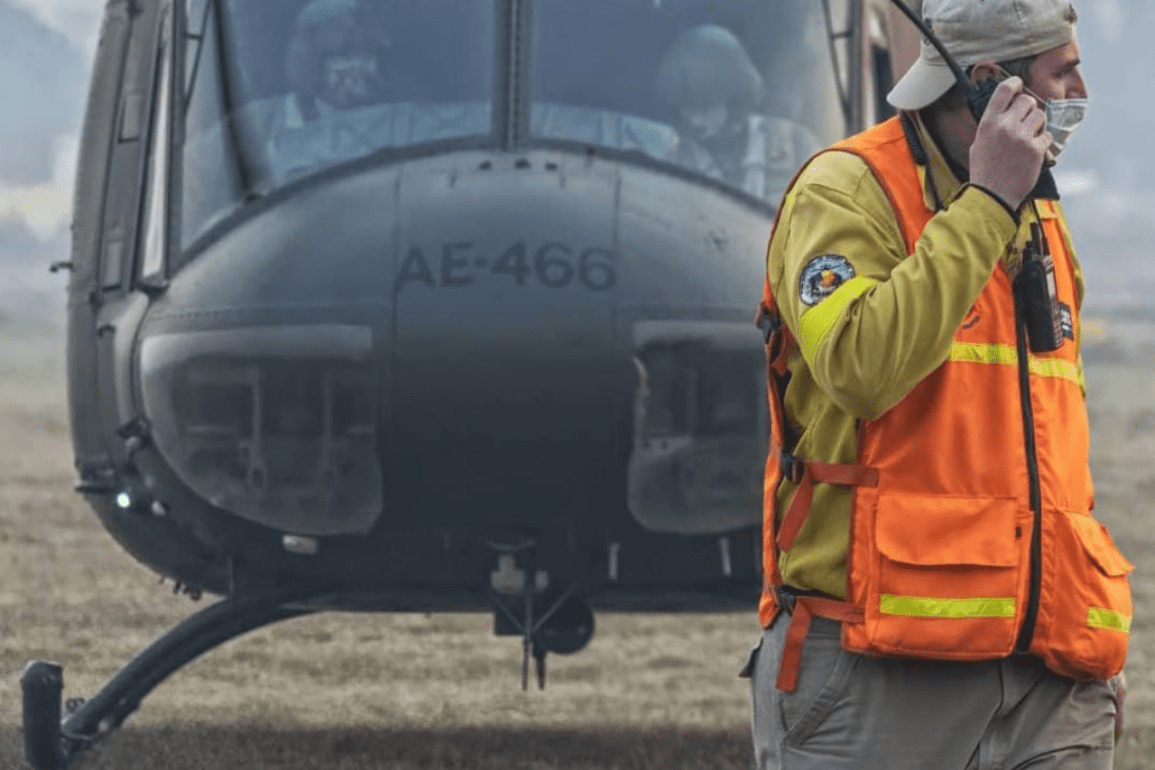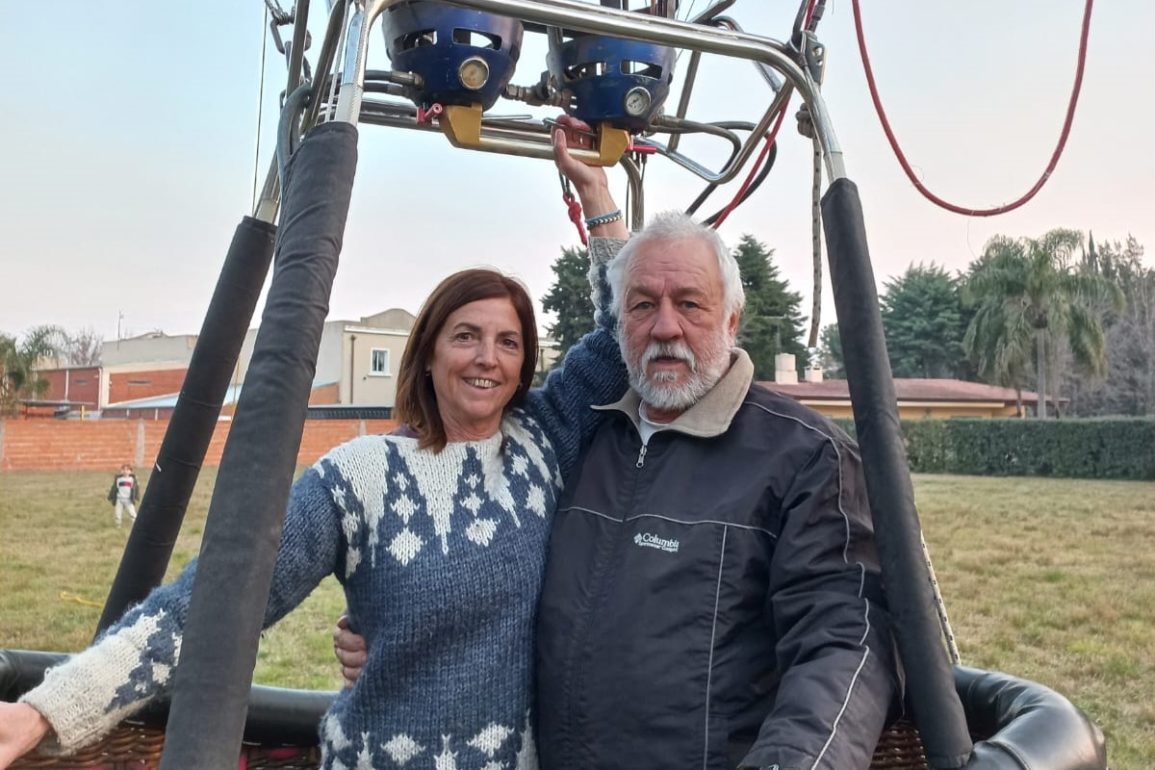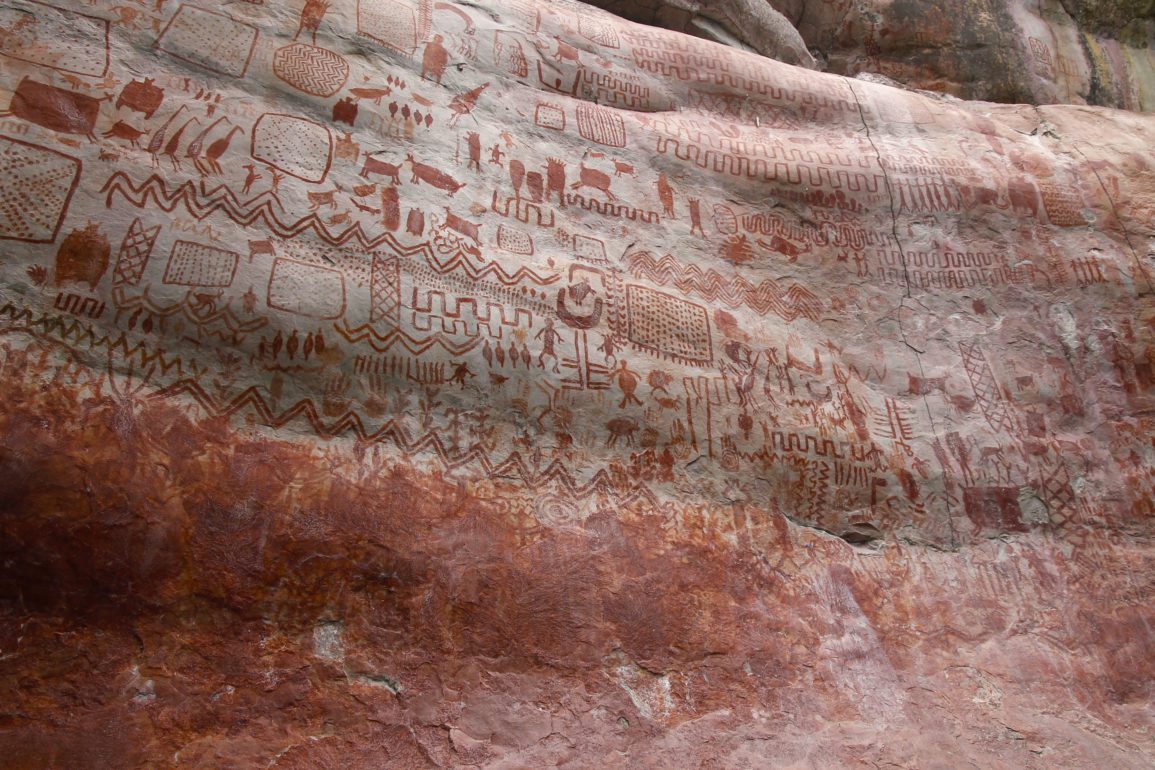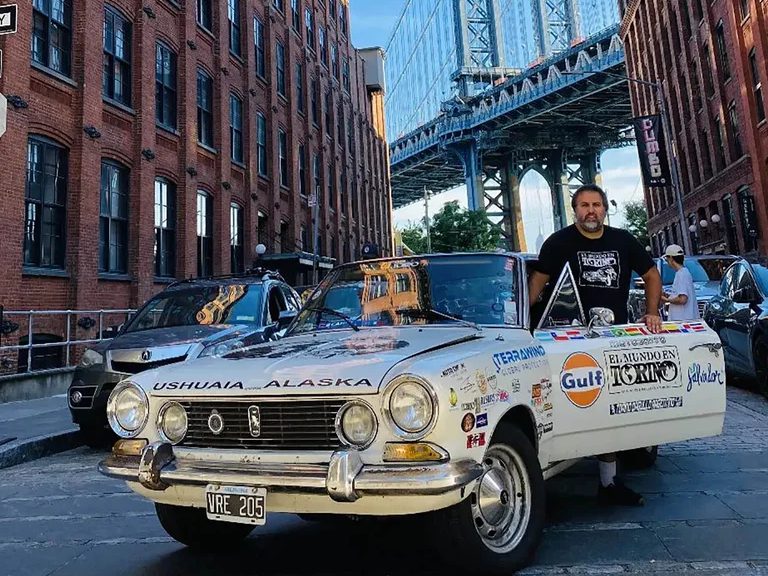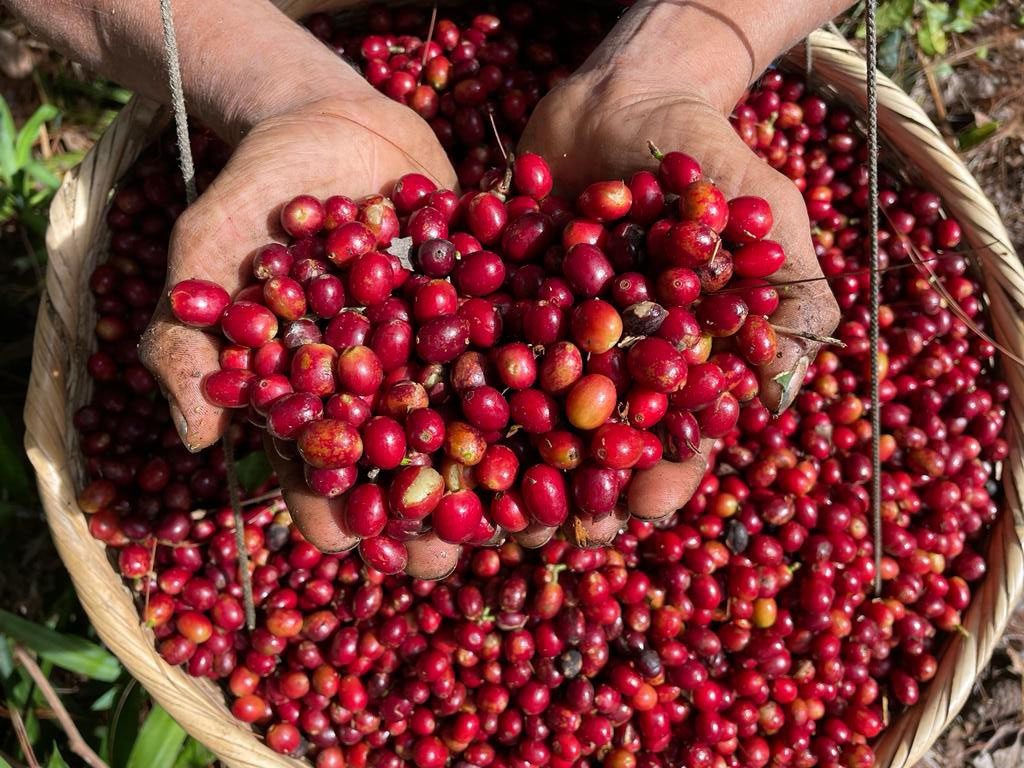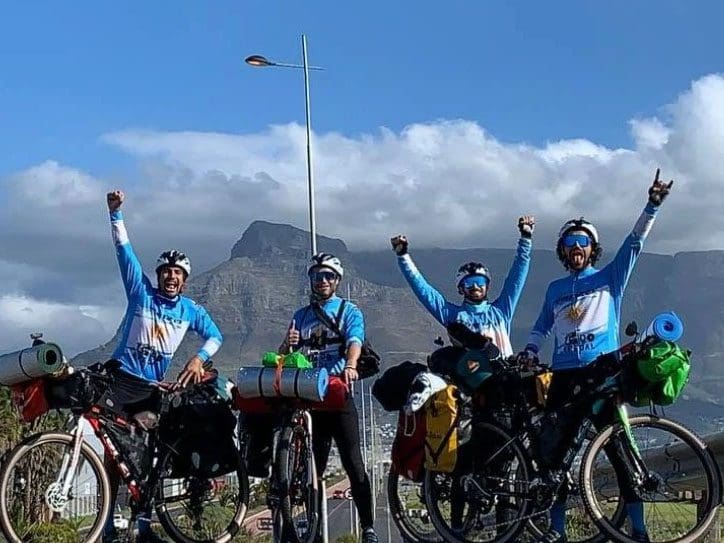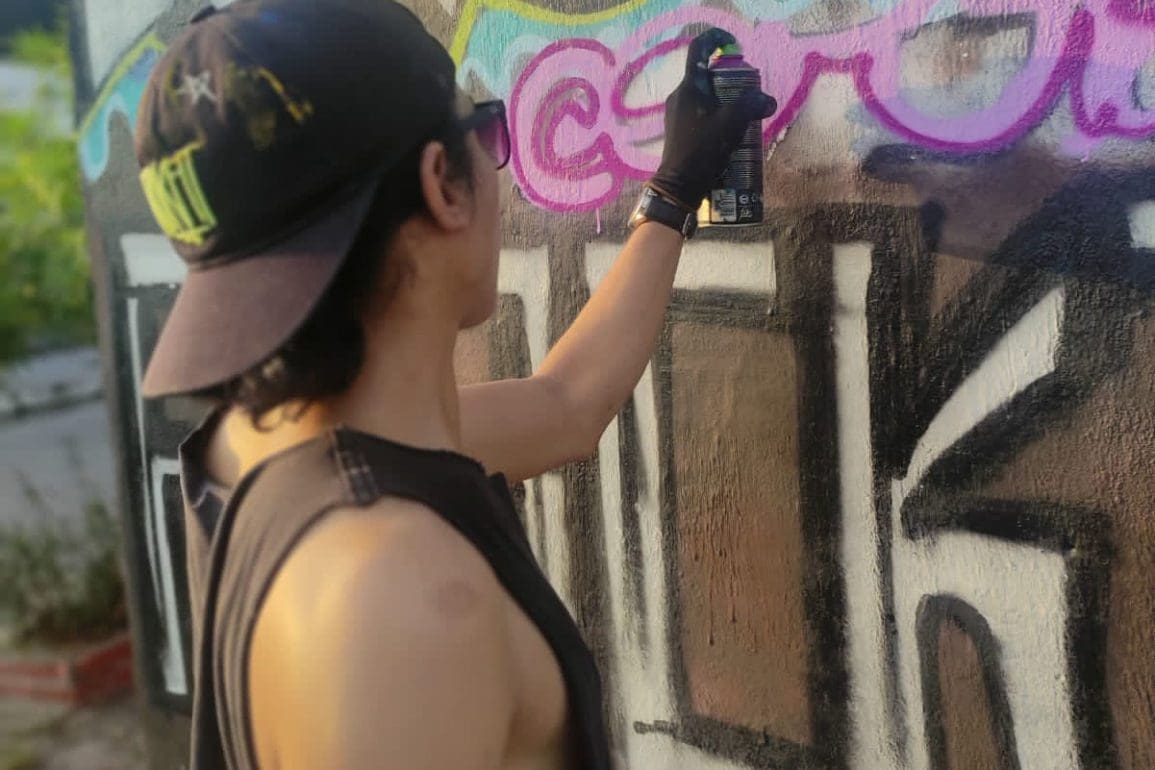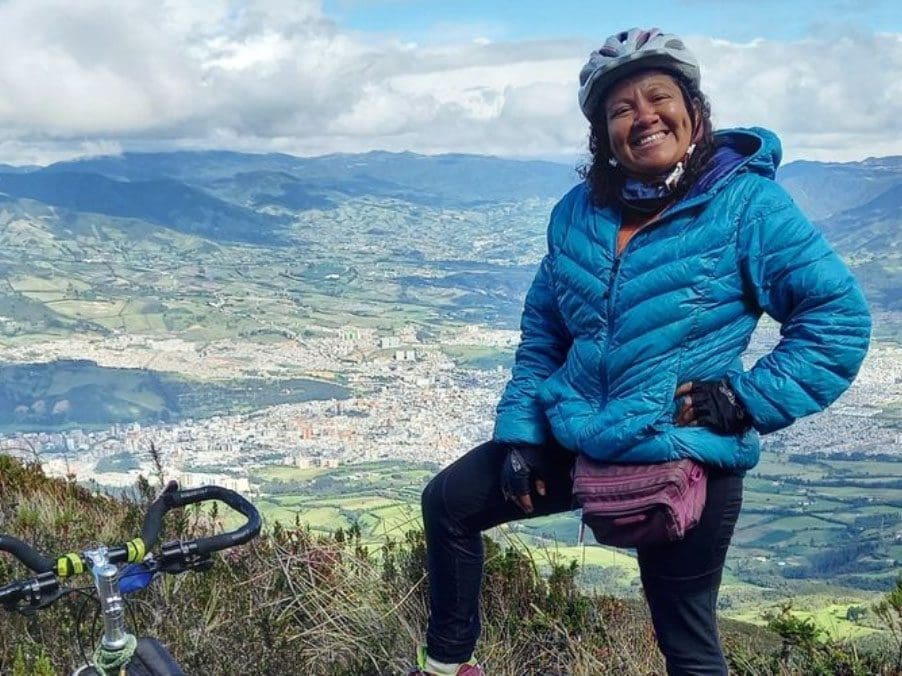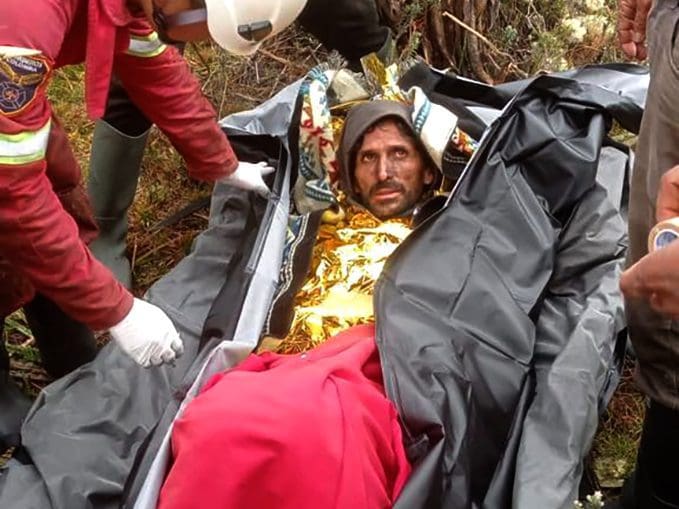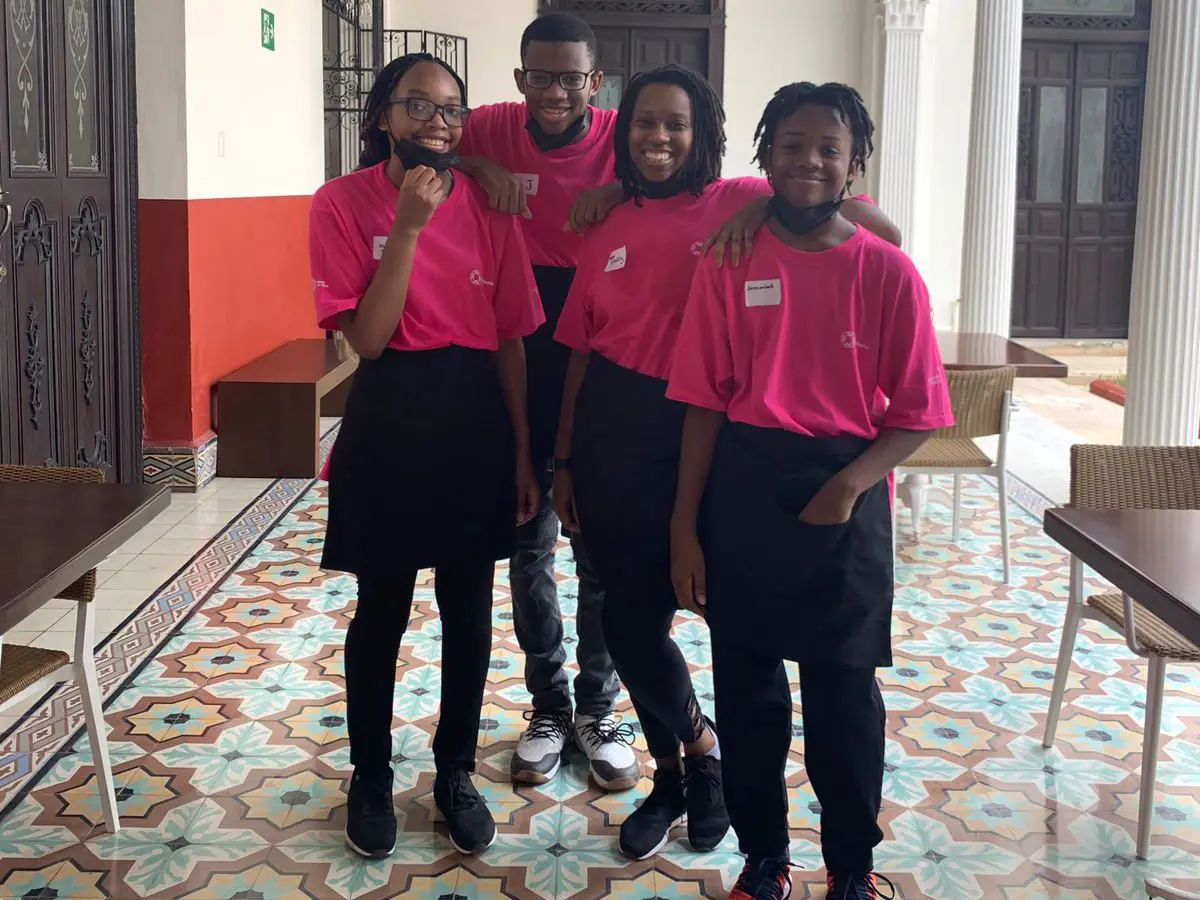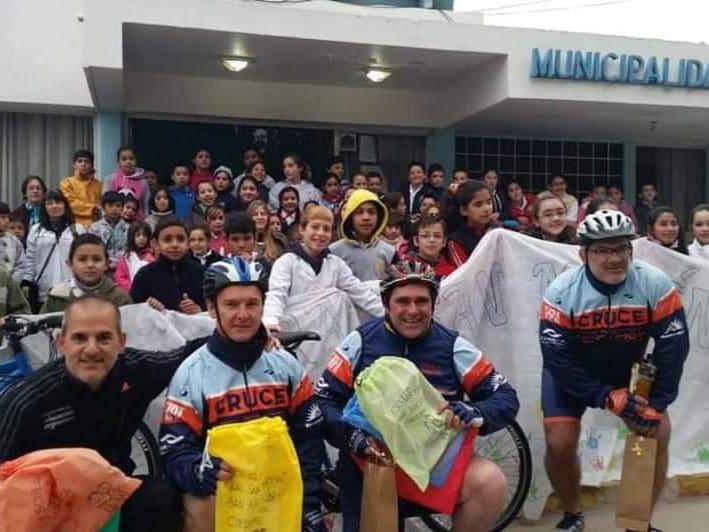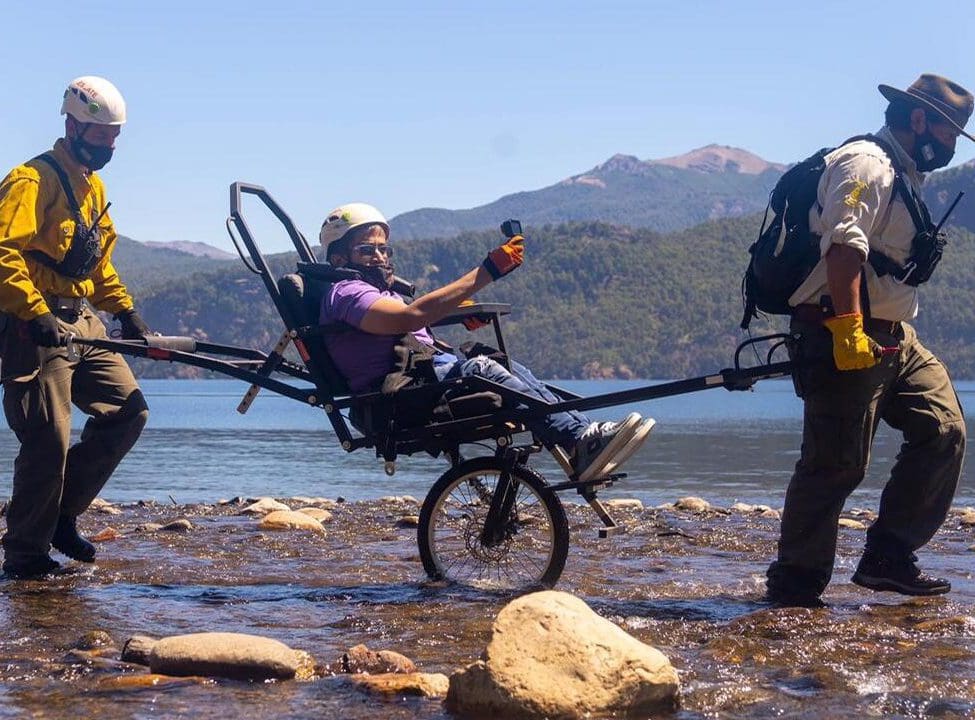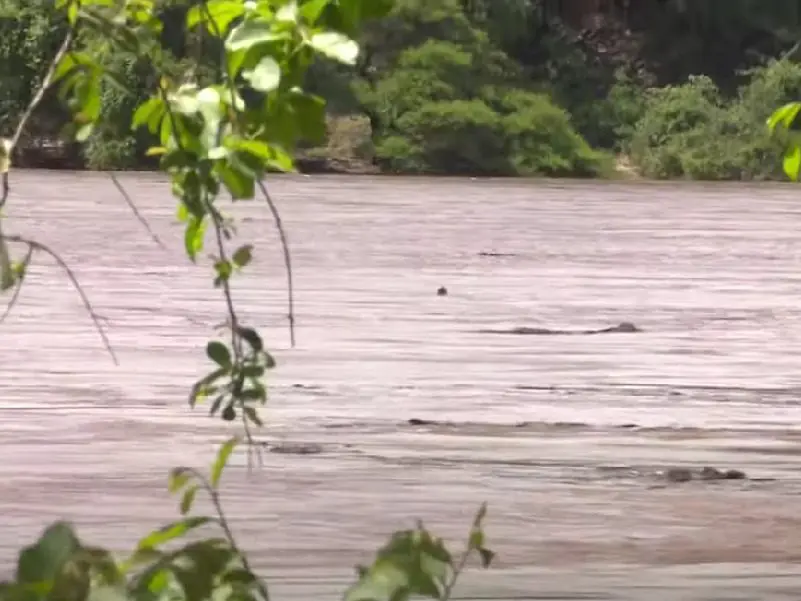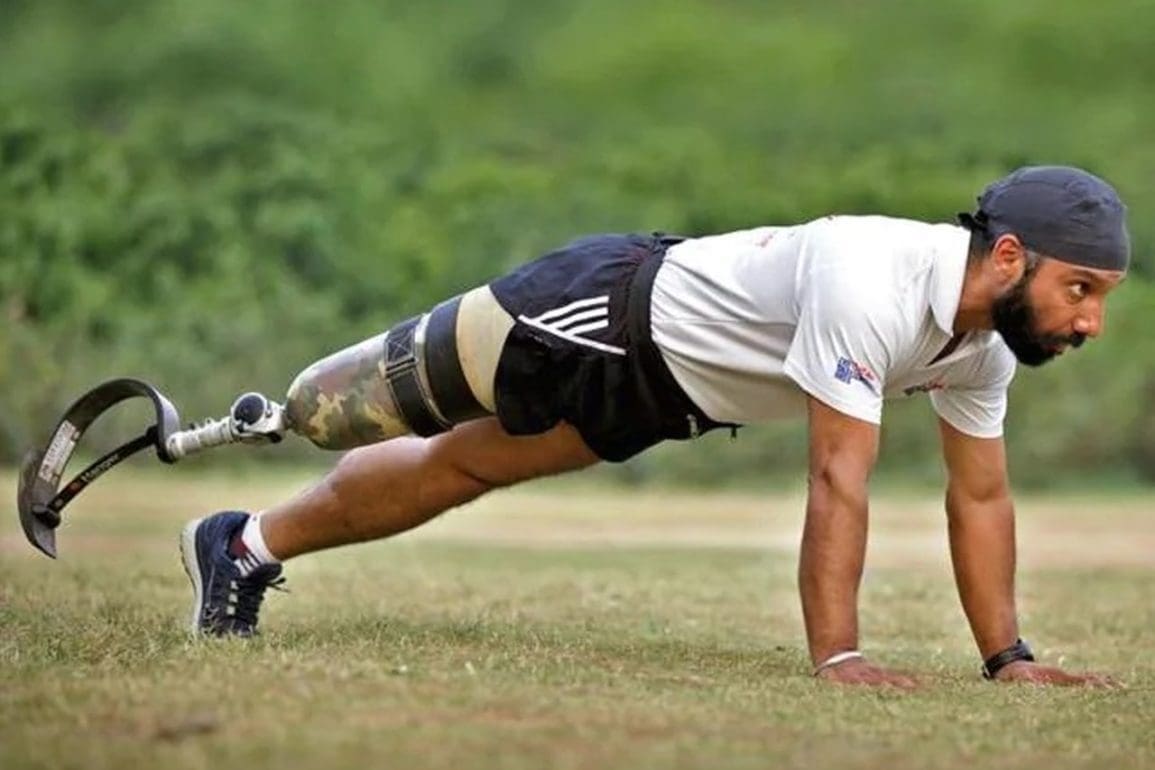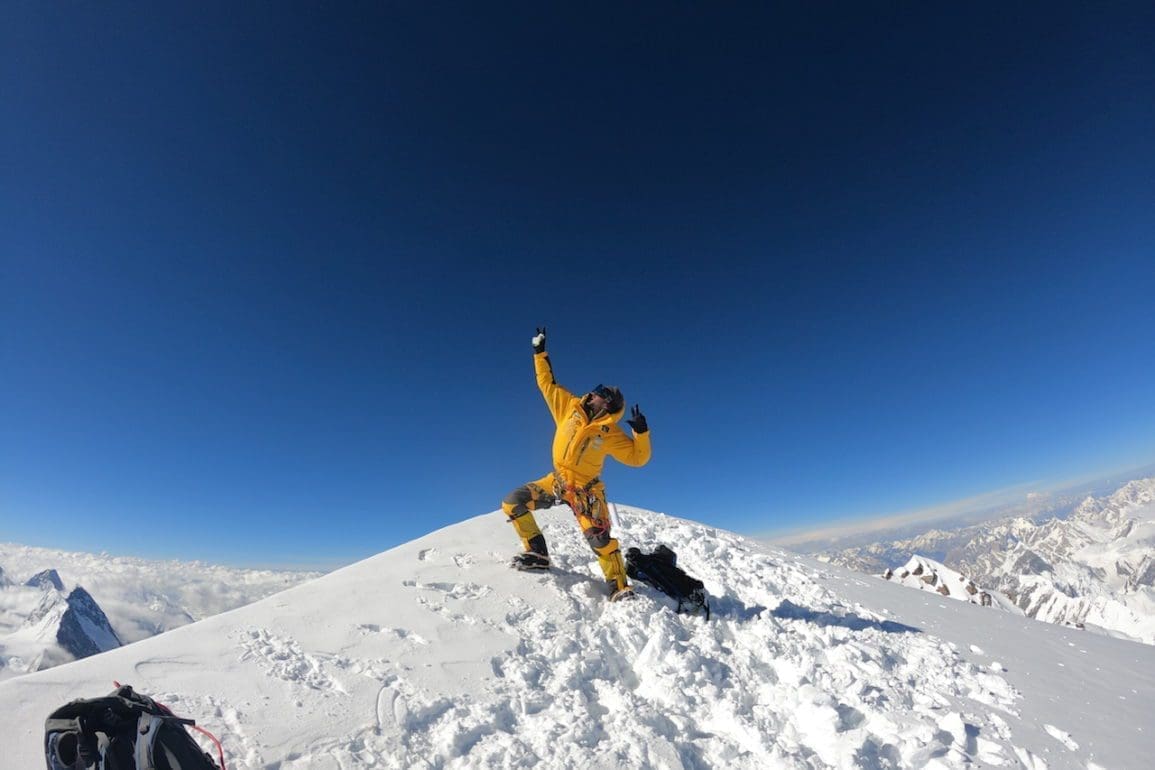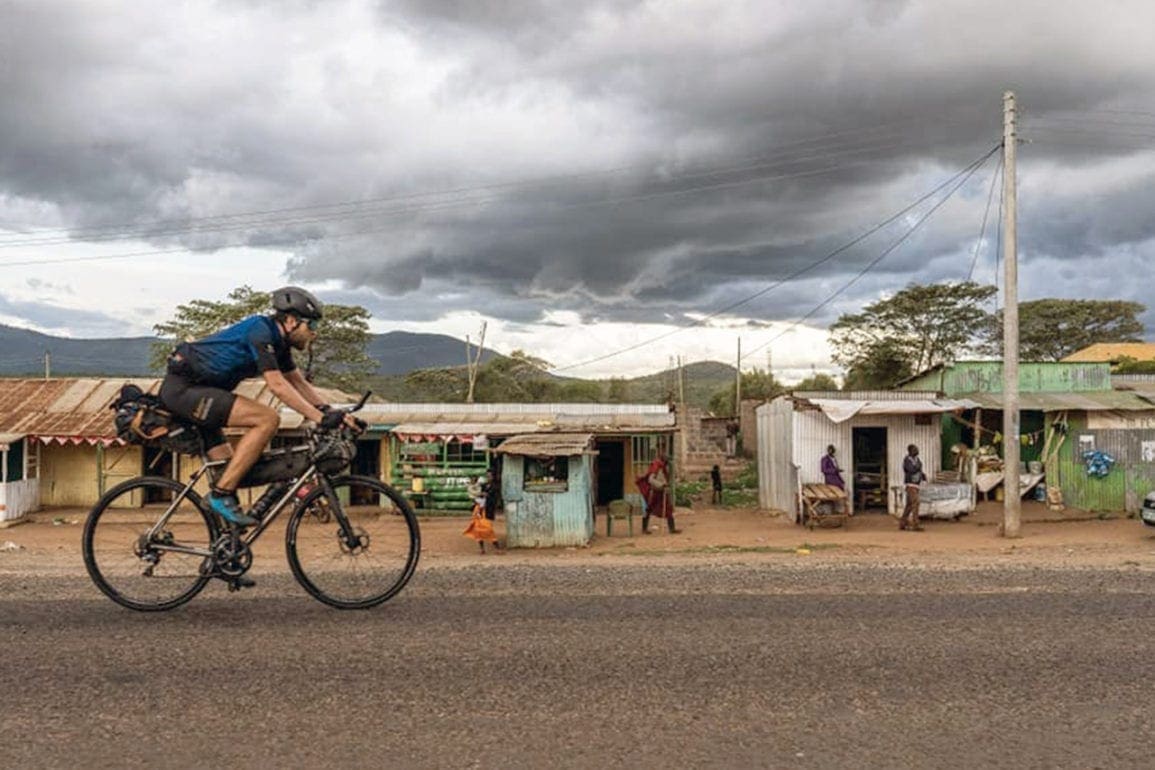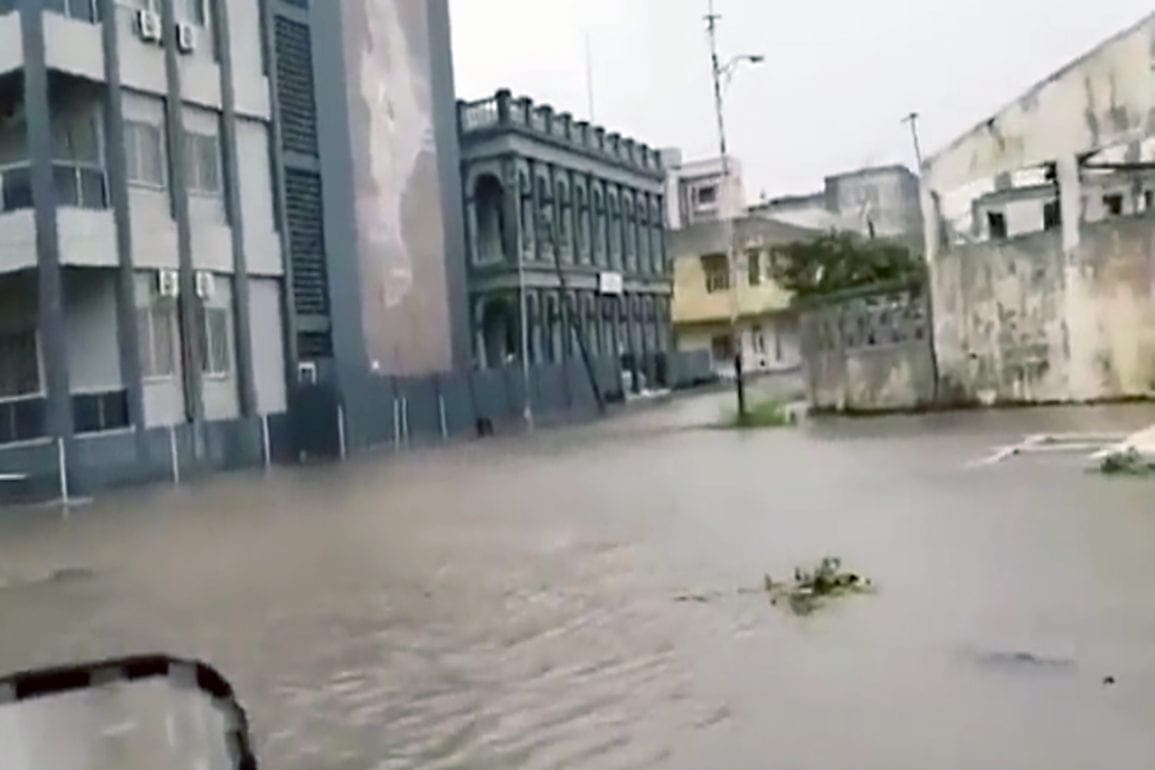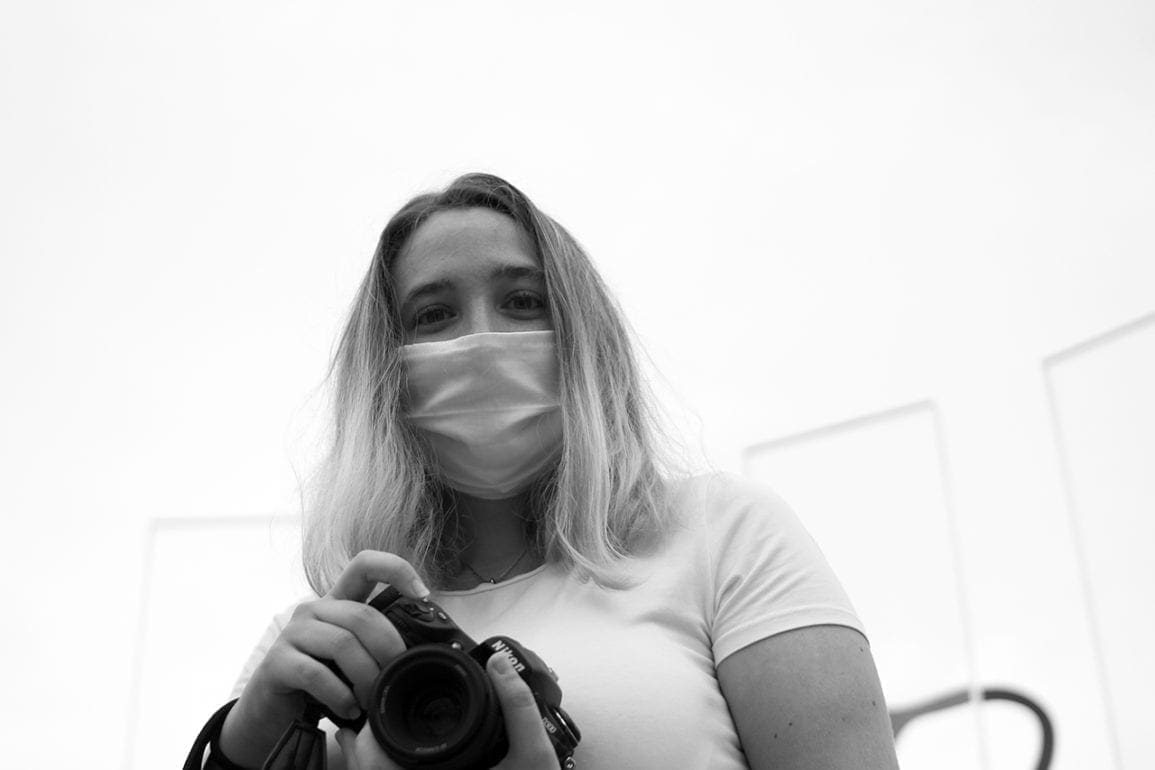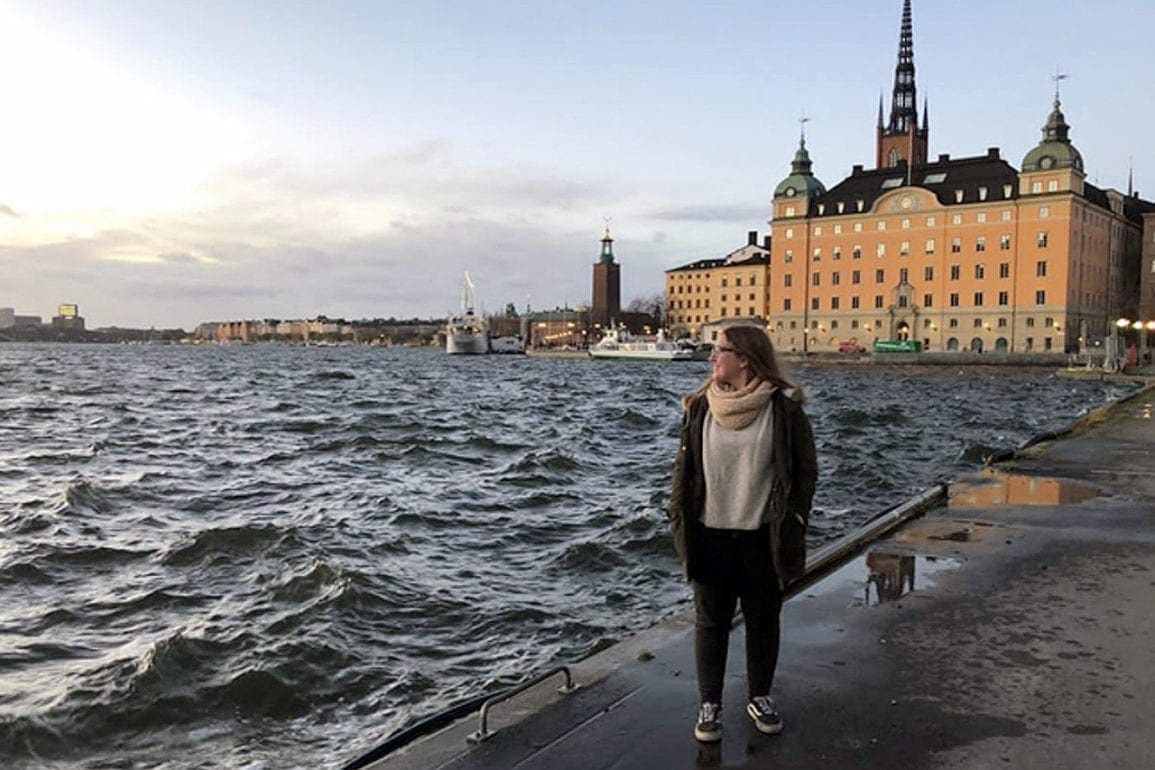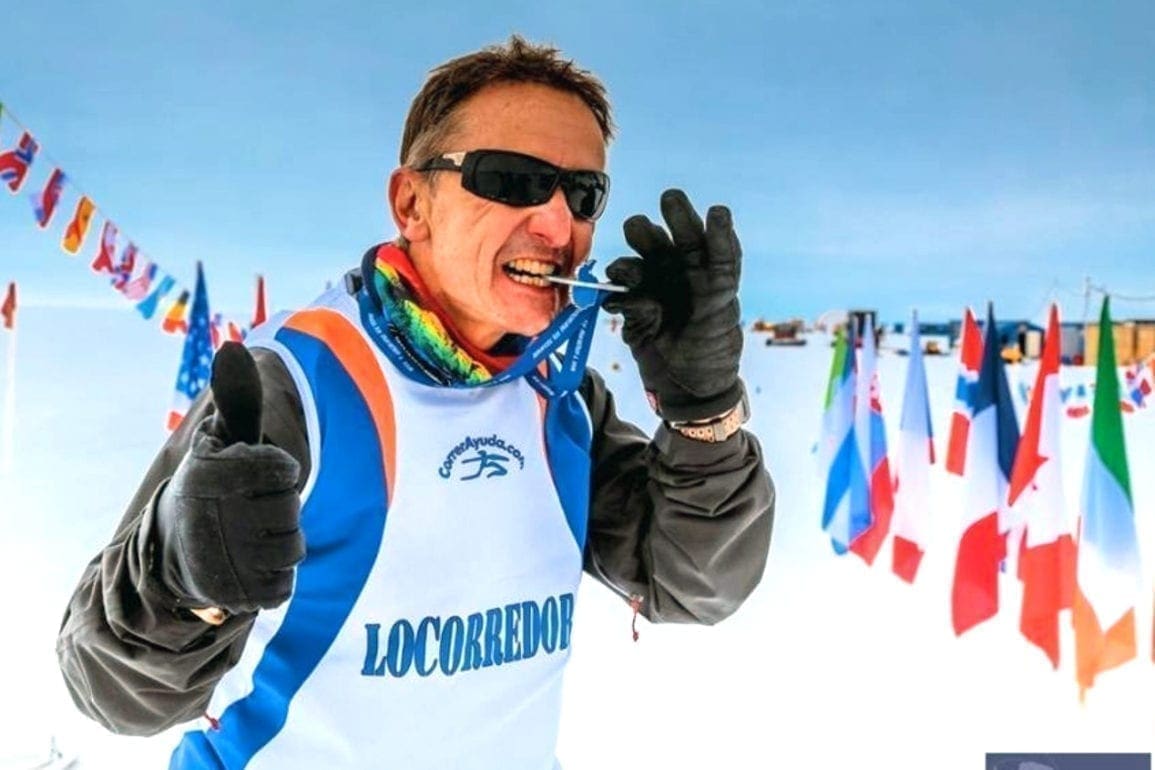Woman from Kenya dives underwater to save corals on the coastline
One day, while saving corals underwater, a group of dolphins swam next to me. I surfaced from a dive when people on the boat began pointing and shouting the word, “Dolphins!” I turned around to see a pod of dolphins swimming toward me. I watched their dorsal fins pop in and out of the water at high speed.
- 3 years ago
October 20, 2022
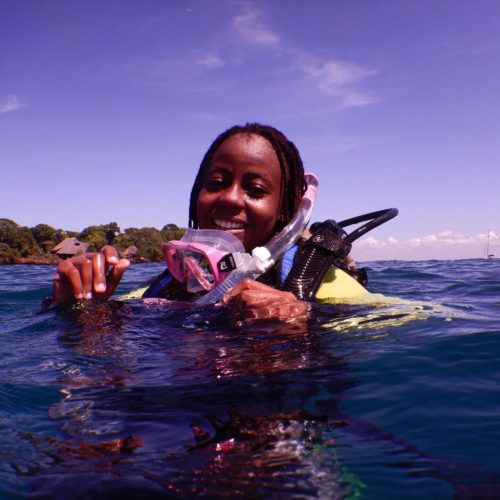
MOMBASA, Kenya — On my first underwater dive, I felt scared. My instructor Guido Paaps held my hand. I did not want to let him go. Under the surface, everything seemed new to me. Guido showed me fish, coral reefs, and underwater marine life. While I had learned about them on land and saw pictures, watching them underwater astonished me.
Despite my awe, I experienced mixed feelings and some nervous discomfort. Then Guido pointed out something below me. I looked down and saw an eel. All hell broke loose! I forgot about the dive and tried to run in the water instead of swimming. I began rushing toward the surface. Guido calmed me down and reassured me I was safe. We still joke about it today.
Woman overcomes many fears to become a deep-sea diver
I never imagined myself as a diver. Diving never made my wish list or my life plan. I focused on learning about ships above the water, but today, I spend most of my time underneath it.
My parents worried about me, but today they embrace my work. They visited me once by boat, sailing along the Wasini Channel. When I later told them I planned to dive down into that same channel they passed over, they had many questions. How deep is it? Is it safe? Will you encounter sharks or whales? Is the air you breathe harmful? They worried about me, deep in the sea.
I shared pictures and underwater videos with them. My mom came around first and, eventually, my dad. Now he shares information with me about marine organisms and asks me lots of questions.
In that first dive with Guido, I saw fish whose Latin names and species I learned above water. I felt so connected to them, knowing what they feed on and how big they grow. Adding to my excitement, I spotted hydroids which sting when they come in contact with human skin. Curiously, I touched it to make sure and I felt the sting.
These early fears and mistakes, I liken to a child teething. I had to overcome my early problems so I could go on to the important work of saving the corals.
A day in the life of coral restoration
Saving coral reefs remains important because they support about 25 percent of the world’s marine life. They can be compared to tropical rainforests in terms of their significance. Coral reefs also save human lives. They offer natural coastal protection against storms or hurricanes. If corals disappear, a whole ecosystem will collapse with them. Climate change impacts coral cover worldwide and we need to save them. Just like planting trees on land remains important, we must grow coral.
This means involving people, especially the communities interacting with marine organisms. My job includes diving underwater to conduct coral restoration in the morning. Then, in the afternoon I conduct data analysis on underwater experiments alongside our lead scientist Ewout Knoester, a Ph.D. student from Wageningen University in the Netherlands.

Our scientific and data work reveals the success of our projects and how we can improve techniques to give corals a better change to survive, especially amidst climate change. In addition, I go to neighboring primary schools weekly to engage students in environmental clubs. During these sessions, we cover lessons and engage in activities on topics related to the marine environment. This ranges from the importance of turtles and sharks in the ecosystem to explaining that corals are not just colorful rocks but living animals.
As an organization, REEFolution Trust Kenya shows success in coral restoration. So far, we have restored an area covering 3,448 square meters and cultured 14,700 fragments of coral. Benthic surveys of the coral restored, conducted by Knoester, show at least 50 percent of fragments cultured two years ago survived and grew.
Creating artificial reefs and swimming with dolphins
As a deep-sea diver, the work allows me to gain experience, knowledge, and new skills. I better understand my strengths and weaknesses. Restoring the coral reefs makes me a better version of myself and offers me clarity for the direction of my career.
My instructor Guido Paaps – an expert diver and swimmer – teaches us the correct techniques and protocols. He is tough but inspires me to pursue my career as a diver. Through his encouragement, I realized the work depends on skill, not strength. He taught me to swim and float in a pool before heading deep into the waters. My instruction also included a dive course and safety training.
The underwater world remains home to diverse wildlife and organisms. Just as we protect lions and animals on land, we must put the same energy into the animals of the ocean. Marine organisms need a hospitable habitat. When we put in place artificial reefs during a dive, the very next day we see multiple fish species enjoying their new home.

They even become territorial of the reefs we provide them. Often, we return to clean the underwater structures and the fish try to bite our hands to scare us away. This tells me they care about their home and want a safe place to live.
Being a diver presents unforgettable experiences. One day, while saving corals underwater, a group of dolphins swam next to me. I surfaced from a dive at Kisite Marine Park when people on the boat began pointing and shouting the word, “Dolphins!”
I turned around to see a pod of four adult dolphins and a young one swimming toward me. Fascinated, I watched their dorsal fins pop in and out of the water at high speed. Then, I panicked! Instinctually, I wanted to swim to the boat, but someone next to me told me to calm down. They said the dolphins were harmless. I felt safe and ducked to dive underwater. Seeing them swim close to me in circles, I recognized their beauty. It was a magical and scary moment.
Finding my place in a male-dominated field
When I started to learn to be a diver, I doubted myself. The field remains male dominated. Not only am I woman, but only stand 5′ 1″ tall. I thought I lacked the physical strength for the job. However, through training and experience, I learned I had the willingness and the skill to do it.
Here at REEFolution, we have three female divers and eight males. While it remains male dominated, we see change beginning. More women feel empowered and interested in joining the team. I personally encourage women in Kenya who express interest in diving, assuring them not to be afraid. They already have what it takes.
Moving forward, I want to further my education by pursuing a master’s degree and possibly a Ph.D. in a different country. I want to experience different cultures, dive into ocean sites around the world, and see different plant and animal marine life. I know, I have not seen it all.





















